The phrases contemporary architects and contemporary architecture have obvious meanings but like modern architects and modern architecture the terminology is open to interpretation – shades of meaning. Compared to modern architecture, contemporary architecture presently carries less weight and is unaffected by the legacy of past architectural movements.
Architecture has been increasingly fragmented since the 1970s, and among those who could be referred to as contemporary architects include expressionists, contextualists, post-modernists, neo-modernists, deconstructivists, and so forth. “Contemporary Architects” implies an anti-vernacular viewpoint that is at ease with novel materials and non-local materials & forms. They also use modern architectural terminology, meaning that they are typically not mired in antiquated typographies or traditions.
Contemporary architecture aims to be aspirational, imaginative, risk-taking, and inventive in its use of new materials. It is not just anti-vernacular. It can draw inspiration from a variety of sources. Prominent modern architects frequently endeavor to push the limits of technology, materials, and geometry—especially in the last few years.
Only the buildings from the Modern Movement, where “Form follows function” and “The house is a machine for living in,” are considered to be examples of “Modern Architecture.” However, modernism was not only an architectural style like “Arts and Crafts” or “High Tech”; rather, it was a movement that changed thinking at the time and had a profound impact on all subsequent architects.
Table of Contents
8 Key Architectural Characteristics of Contemporary Style Architecture
Since contemporary architecture is a broad term that incorporates a variety of distinct architectural techniques and concepts rather than being a single, monolithic style, it has several subdivisions. There are numerous sub-styles in the field of contemporary architecture, each with special traits and attributes of their own. That being said, there are certain basic qualities and design principles that all contemporary architecture styles share, which are listed below.
1. Geometric Simplicity
Contemporary architects typically emphasize geometric shapes like cubes, cylinders, and rectangles as well as straight, uncomplicated lines. This gives the building a more contemporary, streamlined appearance while also contributing to a feeling of balance and order in the design. Le Corbusier, the famed architect, created the Villa Savoye in Poissy, which serves as a suitable point of reference.
2. Organic Forms
Contemporary architects characterize by geometric simplicity, although many of the designs also use curves, rounded forms, and asymmetrical proportions. These components give a building a feeling of movement and dynamic, which enhances its natural feel. One famous example is Frank Lloyd Wright’s Fallingwater House in Pennsylvania.
Suggested article to read: Top 7 Smart Materials in Architecture (2025)
3. Innovative Structural Massing
A strange volume composition is a common feature of visual complexity and fascination in contemporary architectural designs. This can include patterns that use cantilevers to give the appearance of floating structures or that stack or overlap various volumes. The renowned Frank Gehry’s Louis Vuitton Foundation in Paris skillfully blends architecture and art.
4. Flat Roofs
Contemporary architects sometimes use flat roofs, which give a structure a sleek, contemporary appearance. Additionally, it can aid in establishing a feeling of continuity between the surrounding landscape and the building. Ludwig Mies van der Rohe and Lilly Reich’s design for The Barcelona Pavilion effectively demonstrates the trait.
5. Open Floor Plans
Open floor plans emphasize fluidity and flexibility in many contemporary buildings. By establishing multipurpose areas, these designs allow for variation and foster a feeling of openness and connectivity between the various components of a building. The architect of the Jockey Club Innovation Tower in Hong Kong, Zaha Hadid, is well-known throughout the world for her fluid and open designs that seamlessly flow throughout the project site.
Suggested article to read: Top 7 Ways that Biotechnology in Architecture Will be Used; 2025 Review
6. Large Windows
Large windows are a common feature of contemporary architects design, serving to maximize natural light and establish a connection between the interior and outside spaces. Large windows can contribute to a more energy-efficient structure by lowering the demand for artificial illumination. The Japanese design firm SANAA created the Rolex Learning Center in Lausanne, which has an intricate window wall.
7. Sustainability
Environmentally friendly design elements like rainwater harvesting systems, green roofs, and renewable energy sources are frequently incorporated into contemporary construction. Over time, these design principles allow a building’s layout to become more economical and environmentally friendly. Stefano Boeri Architetti’s Vertical Forest of Milan was far ahead of its time, and its avant-garde design philosophy contributed to building a solid foundation for sustainability—particularly with regard to vertical farming.
8. Modern Materials
Contemporary architects frequently incorporate elements such as glass, steel, concrete, salvaged and natural wood, and bamboo cork. With the use of these materials, architects may design buildings that are robust, lightweight, minimal maintenance, and long-lasting. The world’s architectural, engineering, and construction (AEC) sector undoubtedly anticipated one of the most sensitive design interventions when I.M. Pei extended the Louvre Pyramid in Paris. But because of the choice of materials, the lightweight pyramidal building functions as a beautiful art work, thus there was great rejoicing.
Suggested article to read: What is Biophilic Architecture? 2025 Guide
Top 23 Contemporary Architects in the World
Here is a list of contemporary architects in the world, get inspired by these fascinating architects and their projects.
1. Daniel Libeskind – The Jewish Museum
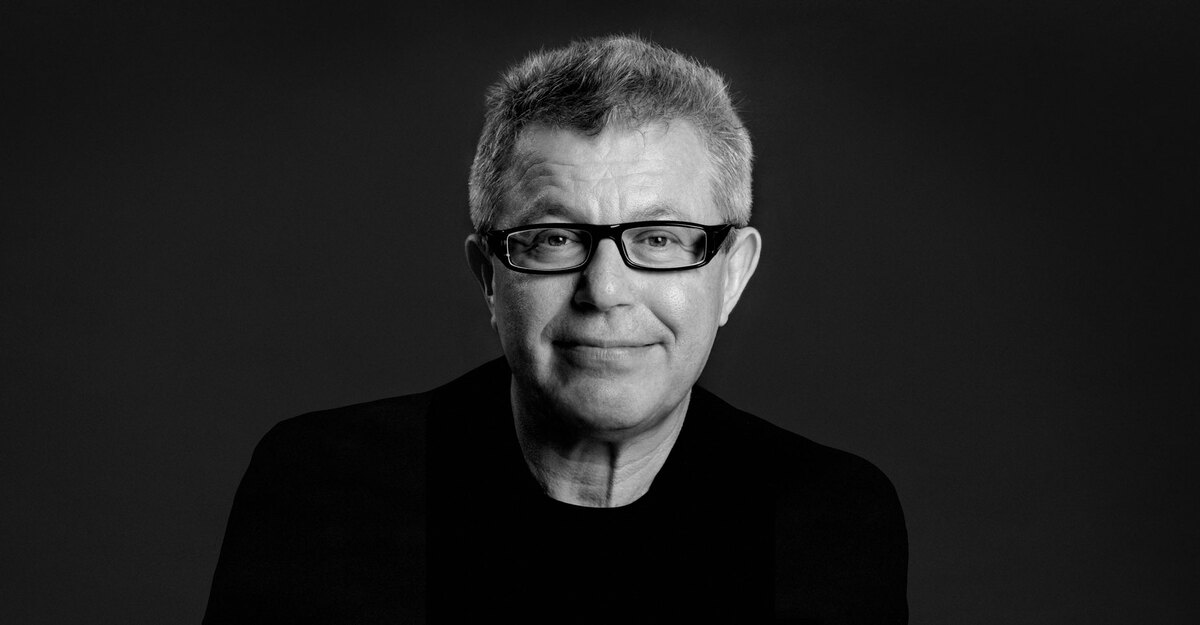
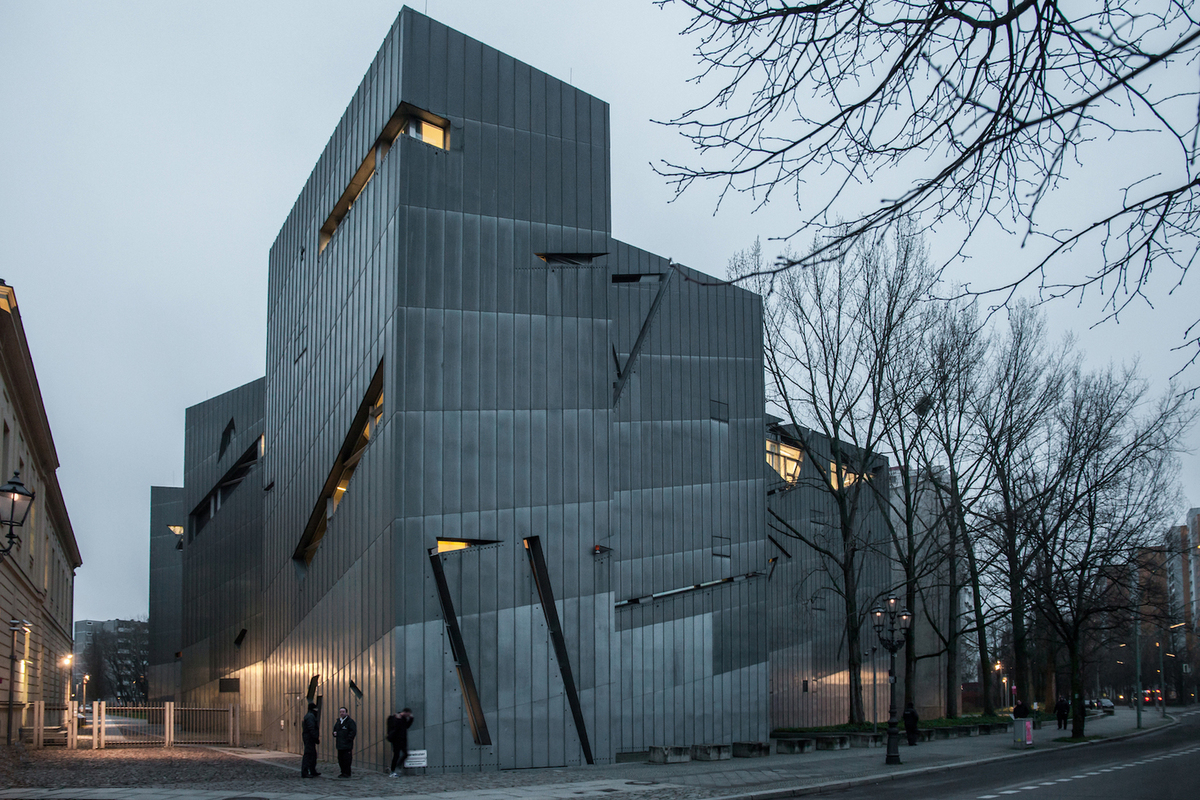
1946 saw the birth of Polish-Jewish architect Daniel Libeskind. In 1989, he established Studio Daniel Libeskind, an architecture practice. According to architect Liebeskind, anyone can comprehend and create architecture if they have the appropriate attitude.
The first significant international achievement for Libeskind was the Jewish Museum in Berlin. Rather than just creating a structure, Liebeskind wanted this museum to communicate the tale of German-Jewish history. While each visitor to the museum may perceive things differently, most feel a sense of uncertainty or disorientation.
Numerous projects, like the Imperial War Museum North in England and the Grand Canal Theatre in Dublin, were completed after the Jewish Museum. We suggest reading Liebeskind’s book Edge of Order if you want to learn more about his ideas on architecture and the sources of inspiration for his works.
2. Norman Foster – 30 St Mary Axe
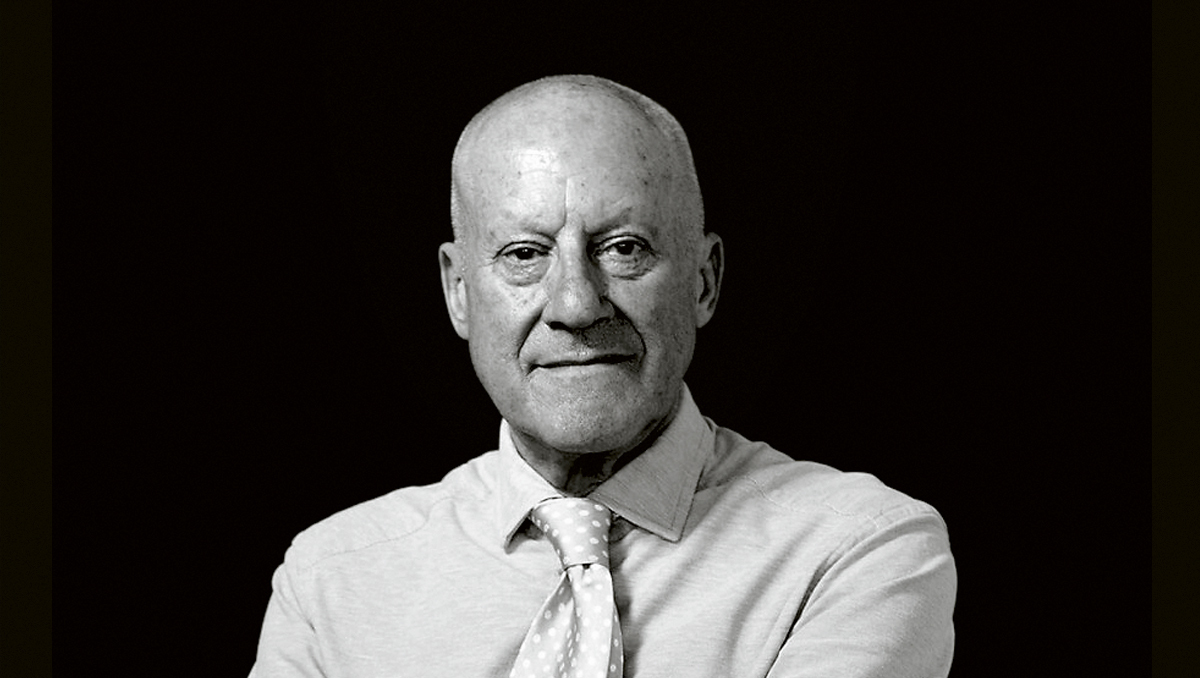
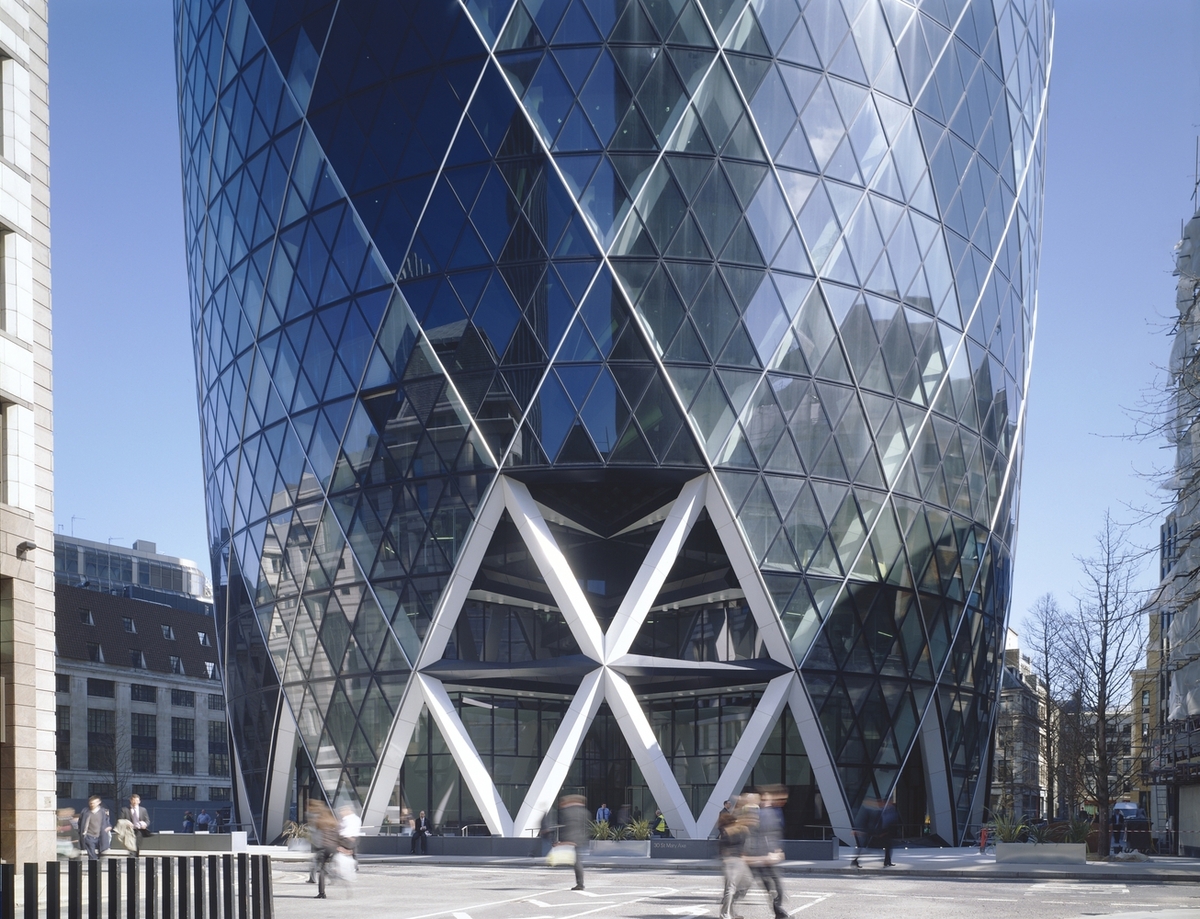
Born in 1935, Norman Foster is a British architect best known for his high-tech building designs. His firm, Foster + Partners, operates on a global scale. Foster + Partners is primarily focused on creating environmentally friendly structures and sustainability. For them, innovation is essential, and they use an integrated design approach to produce their so-called “Responsible design.”
Foster is among the most active contemporary architects in Britain during his time. The 30 St Mary Axe is one of the first structures you will see when traveling to London. This modern structure is a commercial skyscraper located in the main financial sector of London. Foster is well known for his designs of the Willis Building in Ipswich and the Torre de Collserola in Barcelona.
Suggested article to read: How to Use AI in Architecture; Ultimate Guide for Architect in 2025
3. Sheila Sri Prakash – Mahindra World City

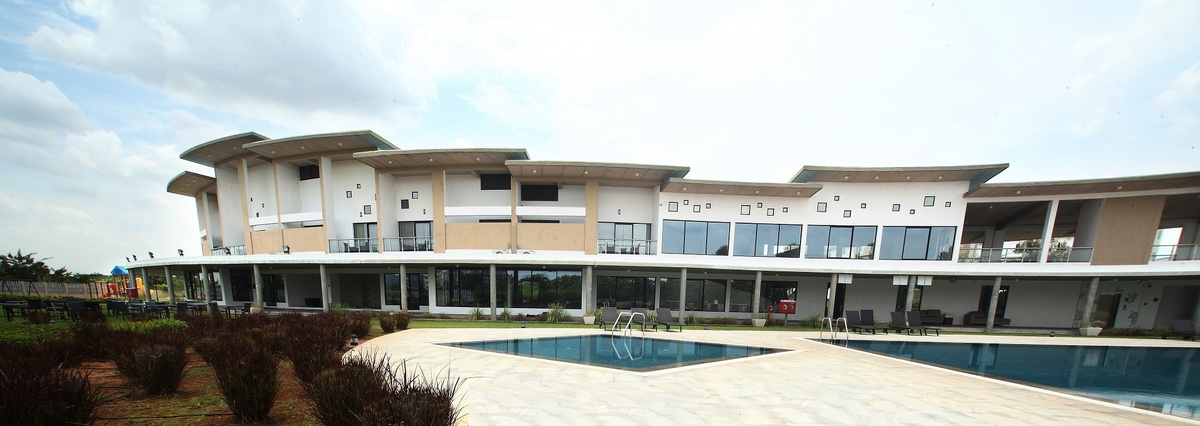
Indian architect Sheila Sri Prakash was born in 1955. In 1979, she founded Shilpa Architects Planners Designers, being the first female architect to do so.
She rose to prominence as one of the most significant contemporary architects in the world while working for her company, Shilpa Architects. She is renowned for emphasizing regional and cultural arts and for putting sustainability at the heart of her architectural design. Through urban planning, her work connects human behavior to the built environment.
She has developed into one of the Indian Green Building Council’s most influential members via her efforts. Sheila created the initial formal gateway to Mahindra World City, Tamil Nadu’s first Special Economic Zone. The city is portrayed in the design as a “New hope.” Her other well-known (completed) projects are Chennai, India’s Copper Beach Gardens, and the IVR Prime Golf Villa Development.
4. Rem Koolhaas – CMG Headquarters
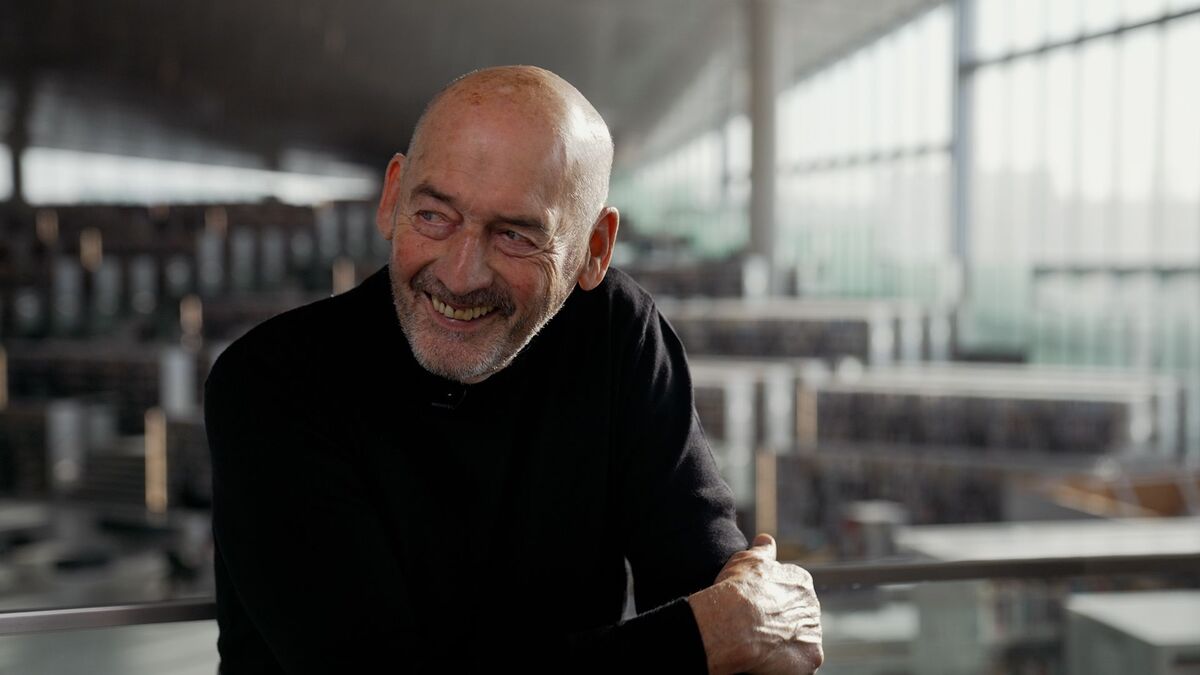

The Dutch architect Rem Koolhaas was born in Rotterdam in 1944. In addition to practicing architecture, Koolhaas teaches architectural theory and urban space at Harvard University. The modernist works of Koolhaas are well-known. He frequently employs asymmetry and surprising color choices. He is therefore an architect who practices deconstructivist design.
But his keen attention to humanity is what distinguishes him from other stylists. Urban planning is given a lot of weight since Koolhaas considers how structures would affect people’s daily lives when designing them. The Beijing location of the CMG Headquarters is Koolhaas’ biggest project to date. Two other well-known projects are the BLOX design hub in Copenhagen and De Rotterdam in Rotterdam.
Suggested article to read: Top 10 Architecture Firms in Netherlands; 2025 Review
5. Richard Meier – Barcelona Museum of Contemporary Art
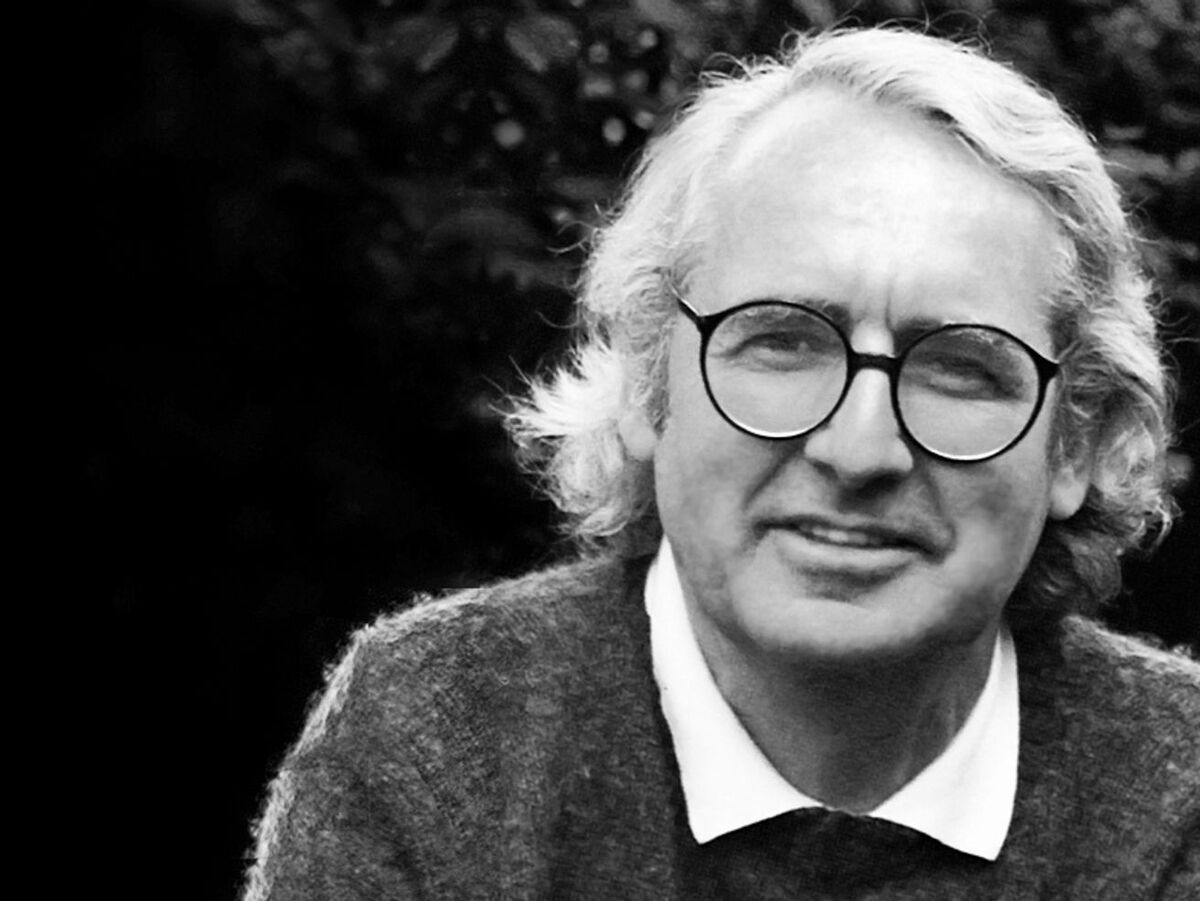
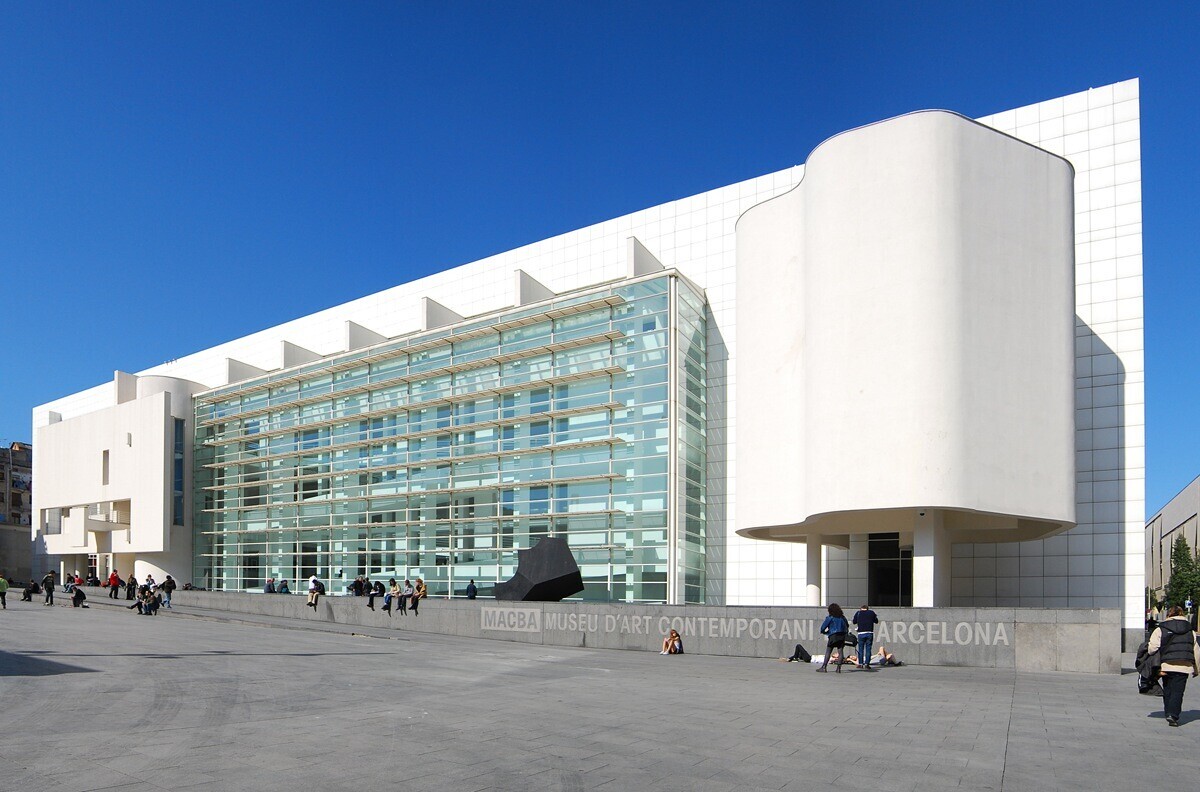
American abstract artist and architect Richard Meier was born in 1934. His geometric creations are renowned for adhering to traditional, ageless design principles.
Order and geometry play a major role in the compositions; natural lighting and white are required elements. Meier carefully considers the context in which construction will be placed when designing a structure to improve communication between the building and its surroundings.
The Richard Meier & Partners Architects firm also seeks to use new technologies and materials that are less demanding on the planet’s resources in response to the growing demand for sustainability in design and building.
Meier was awarded the Pritzker Architecture Prize when he was 49 years old. He was the youngest recipient of this renowned honor in history at this age. Meier is the architect of various contemporary structures, such as the High Museum of Art in Atlanta, the Jubilee Church in Rome, and the Barcelona Museum of Contemporary Art.
6. Frank Owen Gehry –The Louis Vuitton Foundation

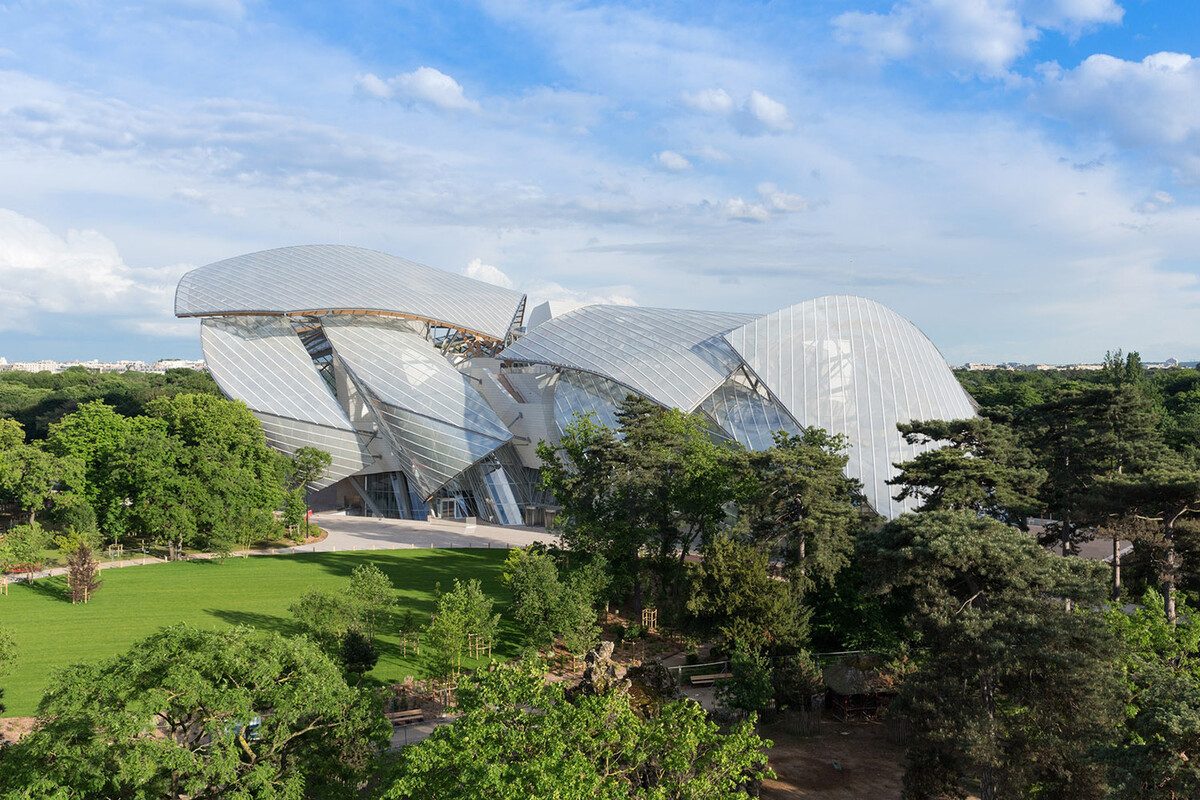
Born in Canada in 1929, Frank Gehry moved to the US when he was a young man. He is among the most well-known contemporary architects who later rose to prominence in the deconstructionist and postmodern architectural styles. In contrast to Gehry’s investigation of asymmetrical forms and strong, expressive designs, the international style is more practical and inflexible.
His line of corrugated cardboard furniture took off, and in the 1960s and 1970s, he started to become one of the most well-known architects. By the 1990s, he had established his style and was well renowned for his ability to create buildings that felt organic, flowing, and undulating.
When it opened in 1997, his Guggenheim Museum in Bilbao, Spain, was designed to mimic both a ship and a living entity. He also designed the Walt Disney Concert Hall in Los Angeles, which made its premiere in 2003 and is well known for its unique architecture and superb acoustics. Even in his 90s, Gehry continues to design novel and inventive structures.
His distinctive and daring shapes and styles have made him a celebrity. His style is best characterized as postmodern. Several of his constructions, including his home, are now well-known tourist destinations worldwide.
One of Frank Gehry’s most well-known structures is the contemporary Louis Vuitton Foundation building, which serves as both a cultural hub and an art museum. It’s situated in Paris. The Guggenheim Museum in Bilbao and the Walt Disney Concert Hall in Los Angeles are two other well-known structures.
Suggested article to read: Top 10 Architecture Firms in Dubai; 2025 Review
7. Santiago Calatrava – City of Arts and Sciences
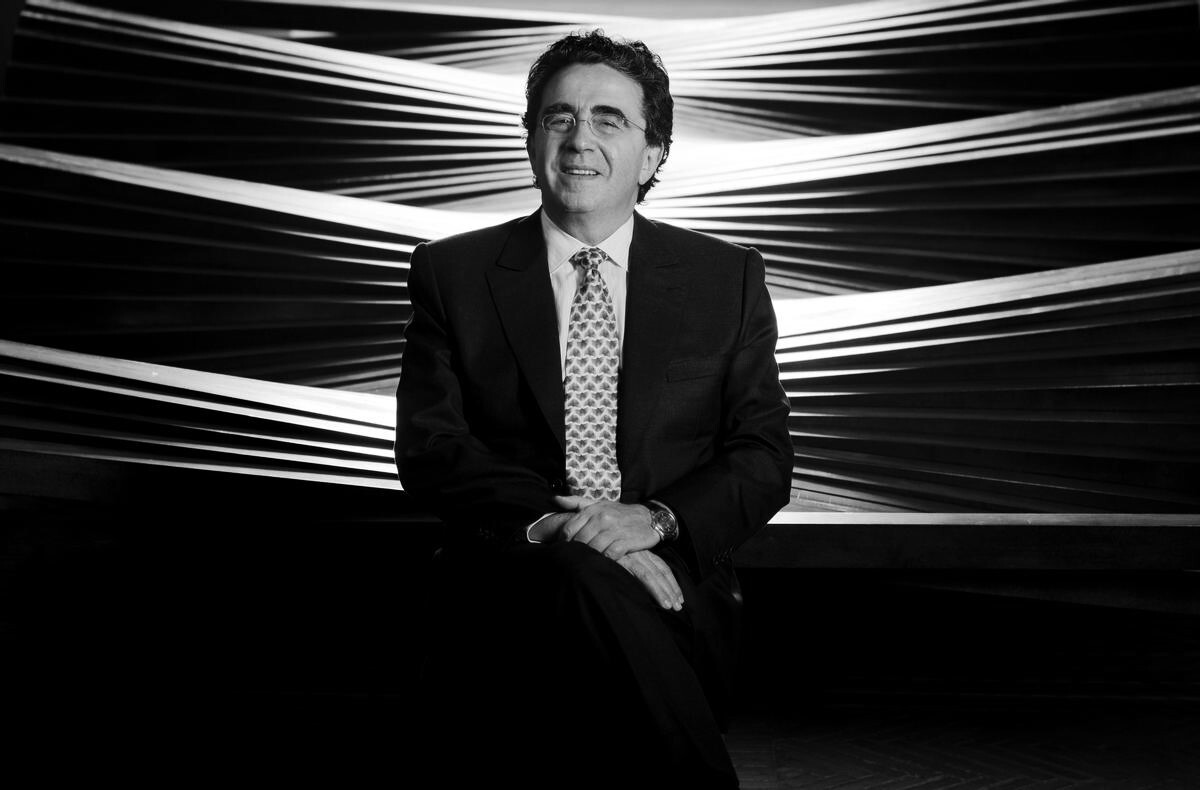
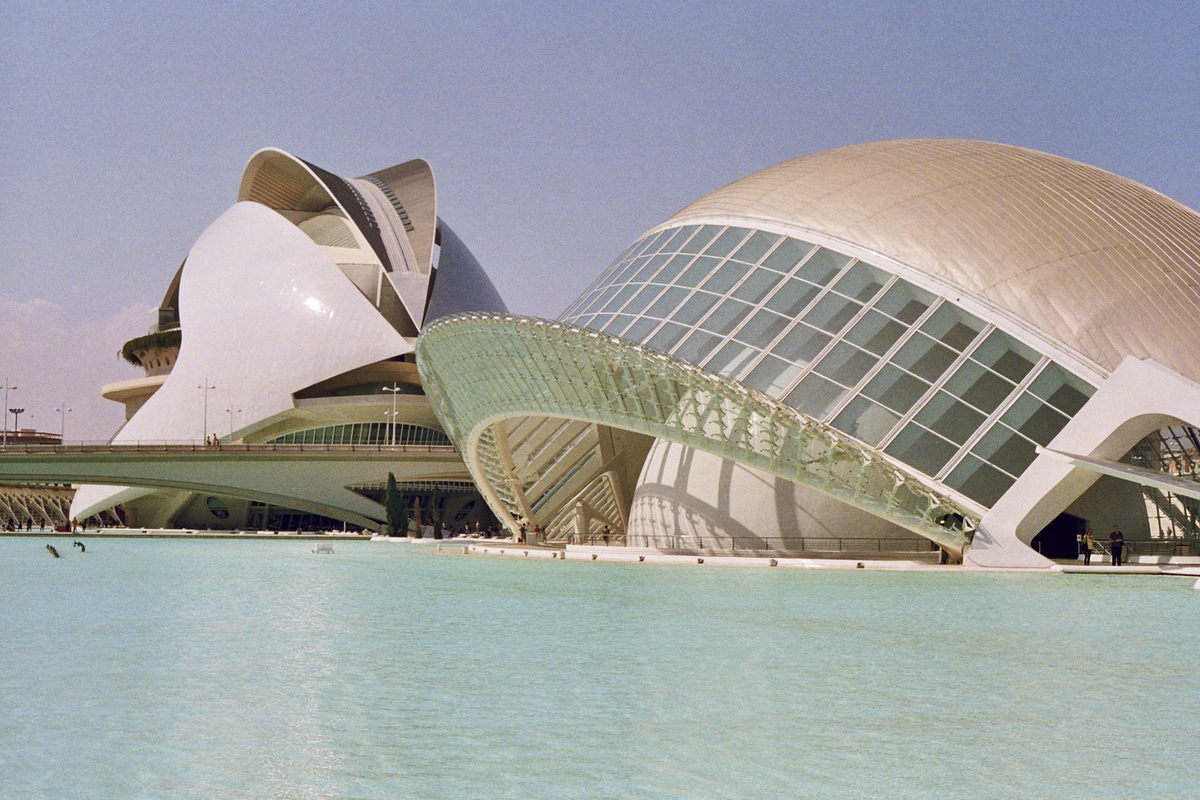
Spanish architect Santiago Calatrava was born in Valencia in 1951. He works as an architect, painter, sculptor, structural design and analysis engineer, and architect. Calatrava is renowned for his ability to blend function and beauty in his constructions. In his creations, he often incorporates elements of nature and the human body.
A lot of people have criticized Calatrava’s architectural style, saying it is excessively flashy and extravagant. But he has also had a lot of success with his endeavors. One of the 12 Treasures of Spain, La Ciutat de les Arts i les Ciències (The City of Arts and Sciences) in Valencia, is the largest of them. Other structures are the O’Hare Global Terminal in Chicago and Yuan Ze University in Taipei.
8. Renzo Piano –The Shard

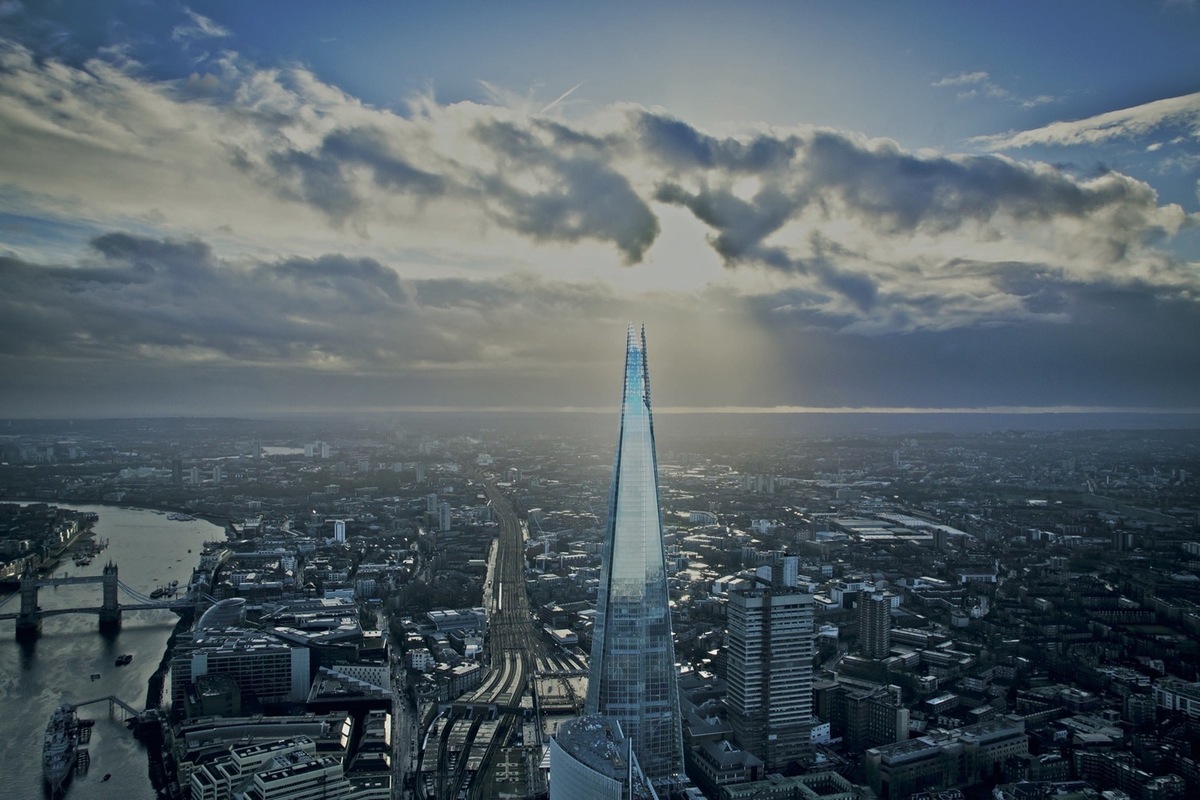
Renzo Piano was born in 1937 in Genua, Italy. He is a modern, minimalist, and useful architect. Piano was one of the original partners of the architecture firm RPBW, which now has offices in New York, France, and Italy. Project developments that are collaborative and participative are the main focus of RPBW.
Communicating to the public that they design buildings with and for people is their primary goal. As a result, they emphasize a variety of non-physical aspects, the most significant of which is light. Following the Genius Loci philosophy, which suggests that one is conscious of one’s surroundings and constructs the construction accordingly, RPBW creates its buildings.
The Shard, standing at 309 meters, is the tallest structure in the United Kingdom and one of Piano’s most renowned buildings. Other well-known undertakings are China’s Whittle School and Turkey’s Istanbul Modern.
Suggested article to read: Top 10 Architecture Firms in Canada; 2025 Review
9. Peter Eisenman – Holocaust Memorial
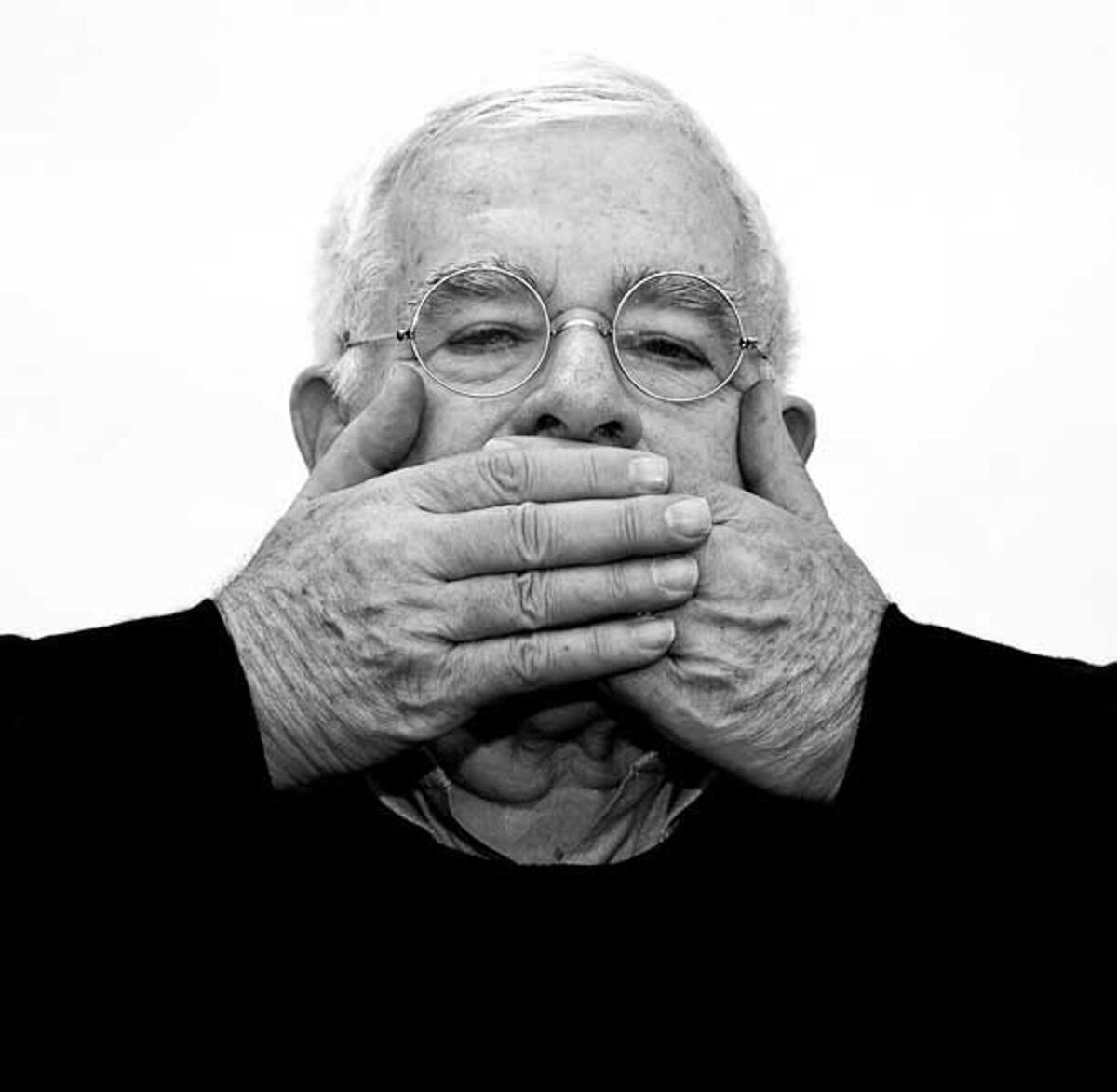

American statesman Peter Eisenman was born in New Jersey in 1932. He is regarded as one of New York City’s “New York Five,” a group of internationally recognized architects. Eisenman’s architectural style mostly focuses on deconstruction or high modernism. His large-scale residential and urban design projects, educational plans, and private home architecture have garnered him numerous honors.
In addition, he gained notoriety for his architectural writings and lectures, as well as his mission to free architectural structures—which, it was later revealed, resulted in several defective buildings.
The Holocaust Memorial located in Berlin is among Eisenman’s most renowned creations. American statesman Peter Eisenman was born in New Jersey in 1932. He is regarded as one of New York City’s “New York Five,” a group of internationally recognized contemporary architects. Eisenman’s architectural style mostly focuses on deconstruction or high modernism.
His large-scale residential and urban design projects, educational plans, and private home architecture have garnered him numerous honors. In addition, he gained notoriety for his architectural writings and lectures, as well as his mission to free architectural structures—which, it was later revealed, resulted in several defective buildings. The Holocaust Memorial located in Berlin is among Eisenman’s most renowned creations.
10. Jeanne Gang – The Aqua Tower
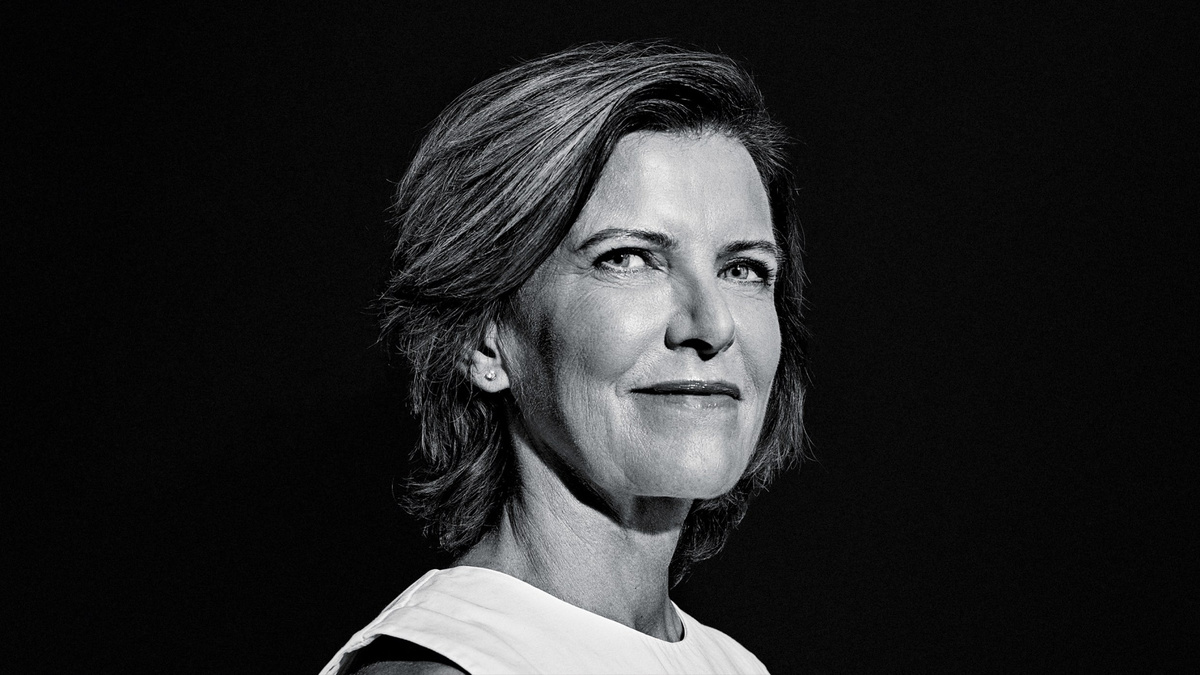
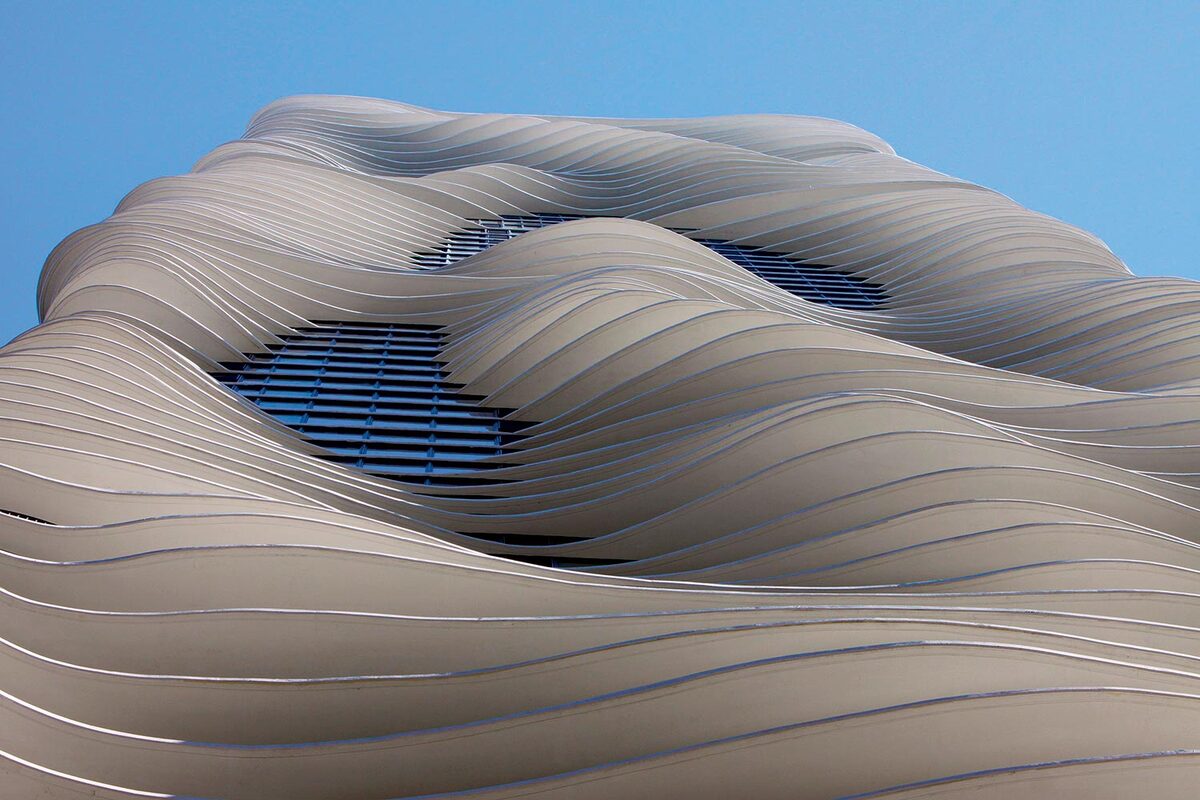
Studio Gang is an architecture and urban design firm led by Jeanne Gang. Because she views her work as a tool for bringing about change, her architectural approach is centered on creating connections between people and the built environment.
This is evident in her Polis station design, which combines police stations with community recreation centers to improve the relationship between the public and law enforcement. The Aqua Tower in Chicago, which gives the city’s skyline a distinctive and dynamic presence, is one of this firm’s most notable creations.
The gang is a trailblazer in the design of dynamic and texturally intriguing building facades that give the urban environment rhythm and movement. 2017 saw the Writers Theatre in Glencoe, Illinois, win an A+ award from the Jury as well as a Popular Award. The complex, encompassing public rooms, practice areas, and a major performance space, honors the notion that theater is an experience best shared with others.
Suggested article to read: Top 10 Architecture Firms in India; 2025 Review
11. Tadao Ando – The Row House
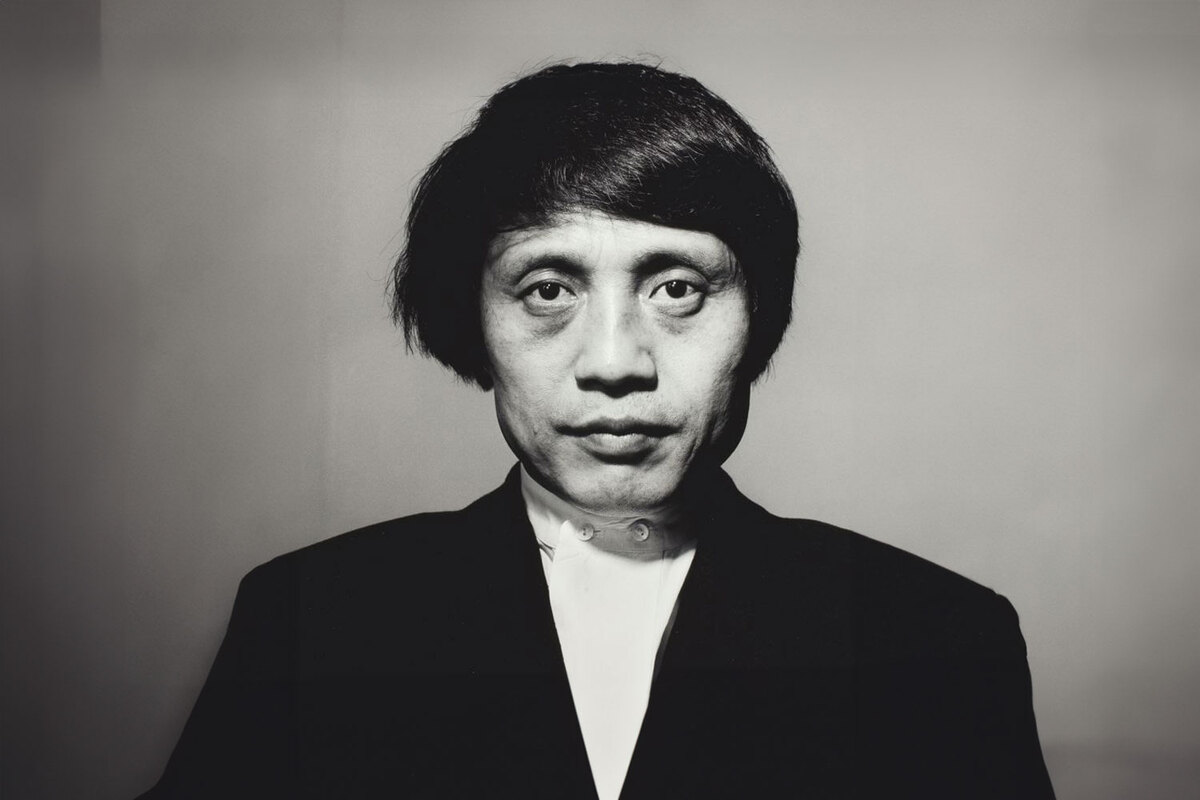
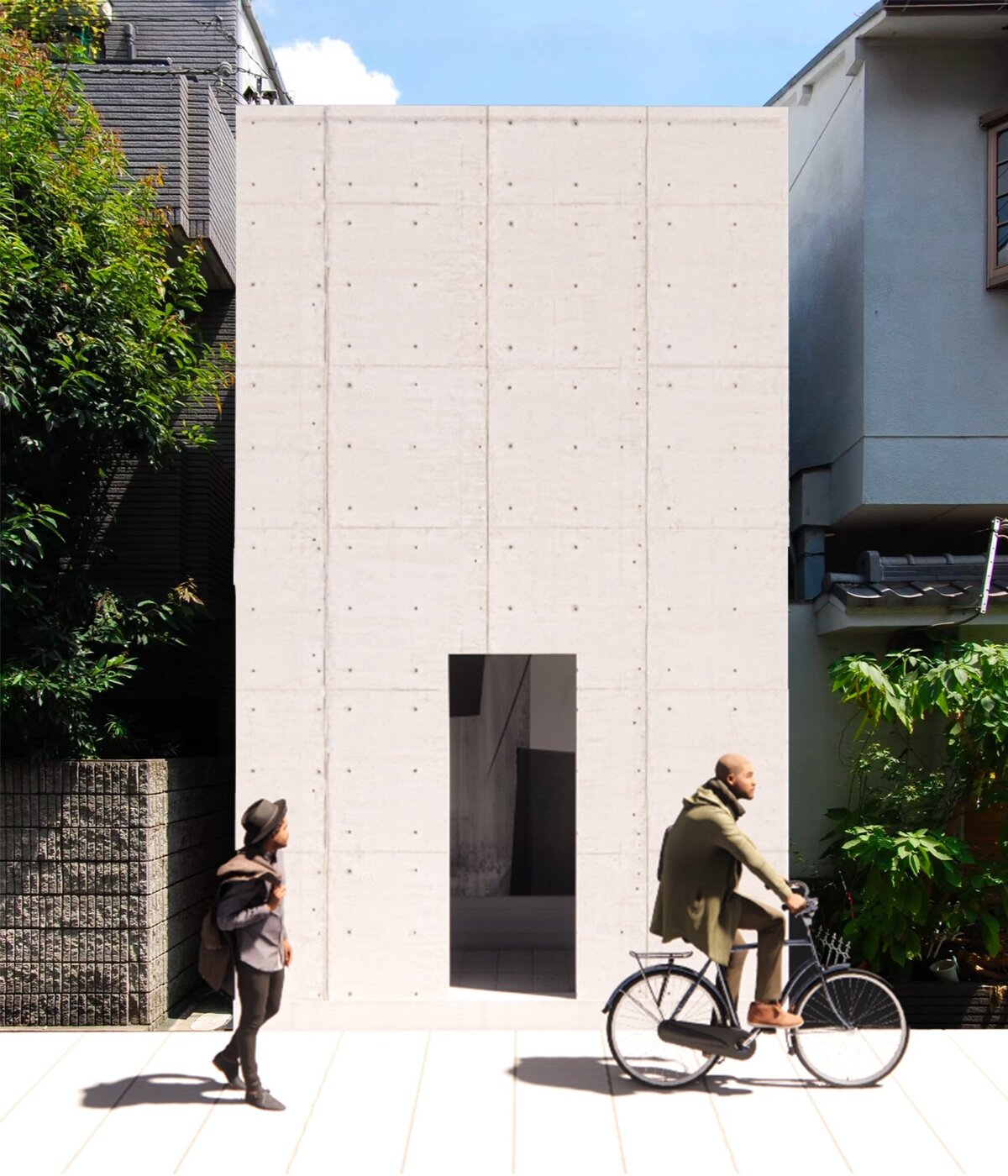
Born on September 13, 1941, Tadao Ando is a highly renowned architect from Japan. He received numerous honors for his distinctive and abstract style, the most coveted being the 1995 Pritzker Architecture Prize. “Row House,” one of his most well-known pieces, exemplifies the simplicity of his technique. This design is quite captivating. It demonstrates how a 64,7 m2 smaller area may be transformed into a secluded and unique living area.
The two halves of the house are separated by a kitchen and bathroom on one floor and a bedroom and study on another. The sole method to access the main two levels of The Row House is through an outdoor patio, which is a rather unusual way to incorporate nature into daily life. Going from one area of the house to another will therefore always put one in contact with the outside world.
12. Ieoh Ming Pei – The Rock and Roll Hall of Fame
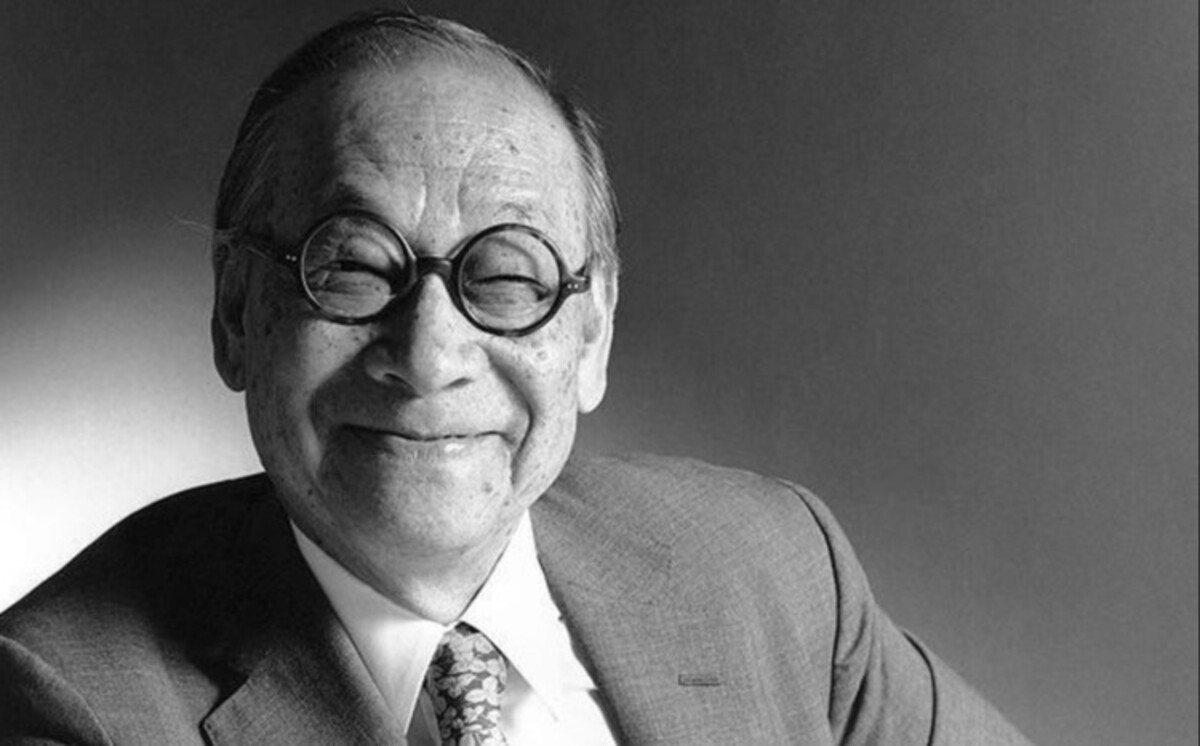
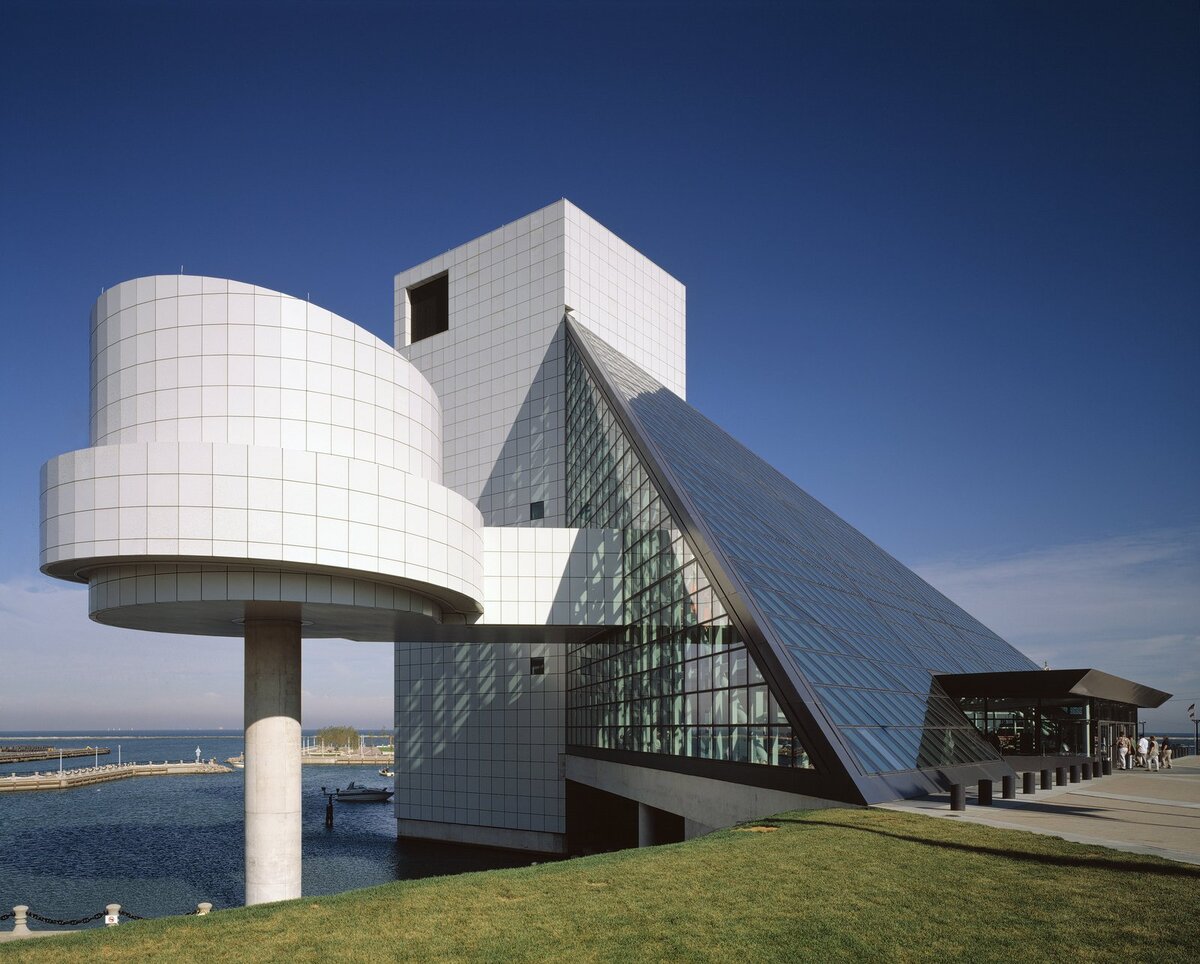
Chinese architect Ieoh Ming Pei was born in Guangzhou in 1917. He relocated to the US when he was seventeen years old and never left. Sadly, Ieoh Ming Pei passed away in 2019.
Pei is frequently called the “Master” of contemporary architecture. Although his art cannot be classified as conventional, it is regarded as ageless and frequently incorporates historical allusions. He is renowned for creating designs with crisp edges and straightforward geometric lines. He aims to produce works of colossal architecture.
The Rock & Roll Hall of Fame in Ohio, a structure that honors and preserves the legacy of the most well-known and significant musicians, producers, engineers, and other noteworthy individuals who have had a significant impact on the evolution of rock & roll, is among Pei’s most renowned projects.
Pei also became well-known for his designs for the Louvre Pyramid in Paris and the East Building of the National Gallery of Art in Washington, DC.
Suggested article to read: Top 10 Architecture Firms in Denmark; 2025 Review
13. Ole Scheeren – The Interlace

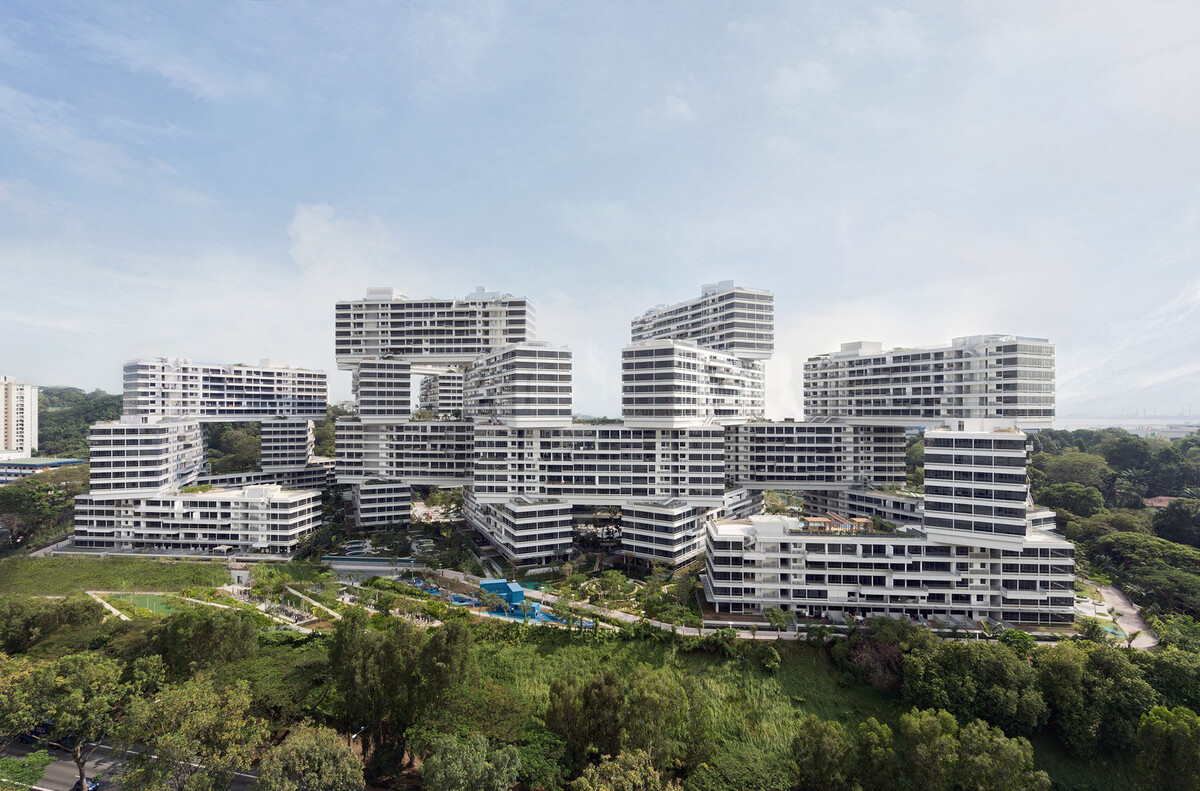
In Karlsruhe, Germany, in 1971, Ole Scheeren was born. He is one of the great urbanists and contemporary architects. Scheeren hopes to alter how people see and feel the world with his structures. The best way to characterize these structures is as hybrid, inventive, and surprising architectures.
Scheeren is considered a futurist who is changing the environment in which we live. He attempts to address the issues that society is currently confronting with his idealism.
His contemporary architectural style can be seen in several structures, including Singapore’s The Interlace, a sizable residential complex made up of several apartment buildings piled diagonally over one another.
The Interlace was designed to provide high-density housing without adding another skyscraper to Singapore’s skyline. In 2015, it was named the World Building of the Year. Scheeren also became well-known for his work at Beijing’s Studio ZX and Vancouver’s Fifteen Fifteen.
14. Frida Escobedo – The Serpentine Galleries


Mexican architect Frida Escobedo was born in Mexico City in 1979. She founded her own business in 2006 under her name. Even though she solely creates architectural works, her approach is claimed to blur the lines between art and architecture. Her overarching objective is to use her constructs to comment on a nation’s social, political, and economic conditions.
Escobedo specializes in the planning and renovation of urban areas, including residences, hotels, community centers, and exhibition spaces. Two contemporary art galleries called The Serpentine Galleries are located in London, United Kingdom. Reputable architects are chosen by these galleries each year to create a temporary summer pavilion. When Frida Escobedo joined the project back in 2018, she was the youngest architect to have ever worked on it.
Suggested article to read: Artificial Intelligence or AI in Architecture; Guide to 2025
15. Jean Nouvel – Doha Office Tower
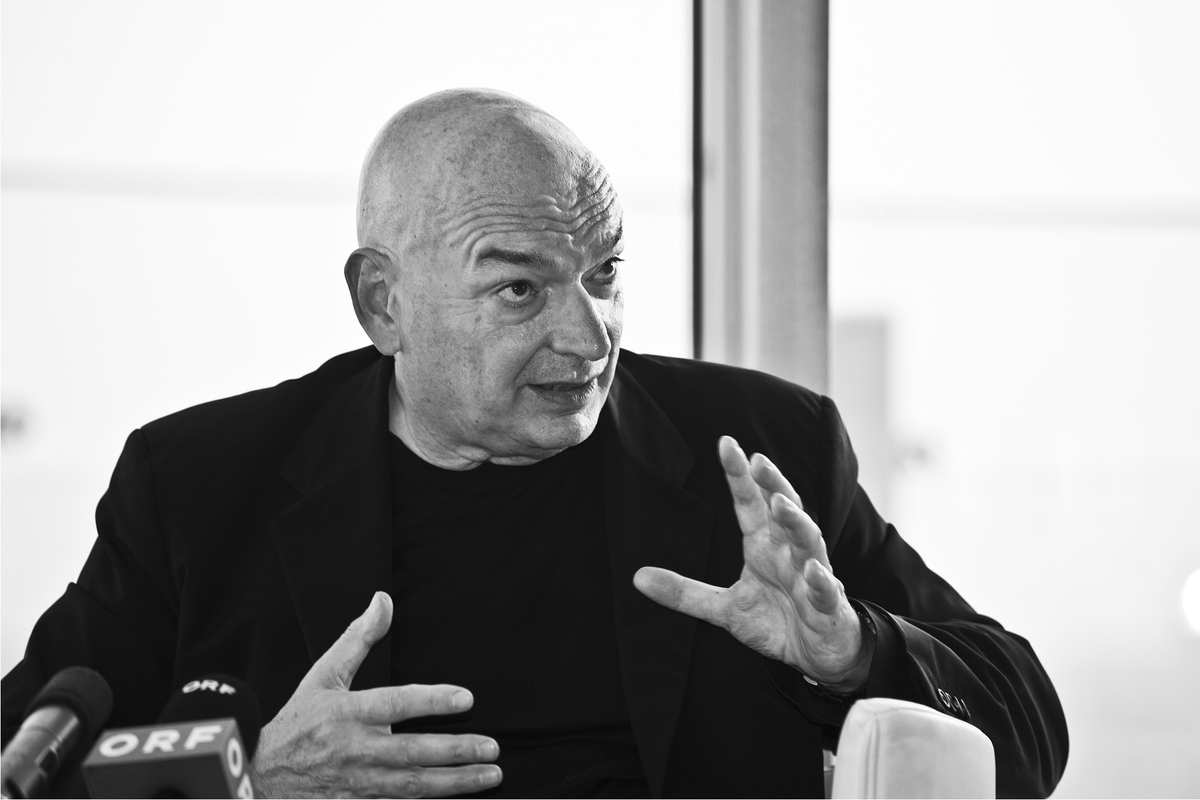
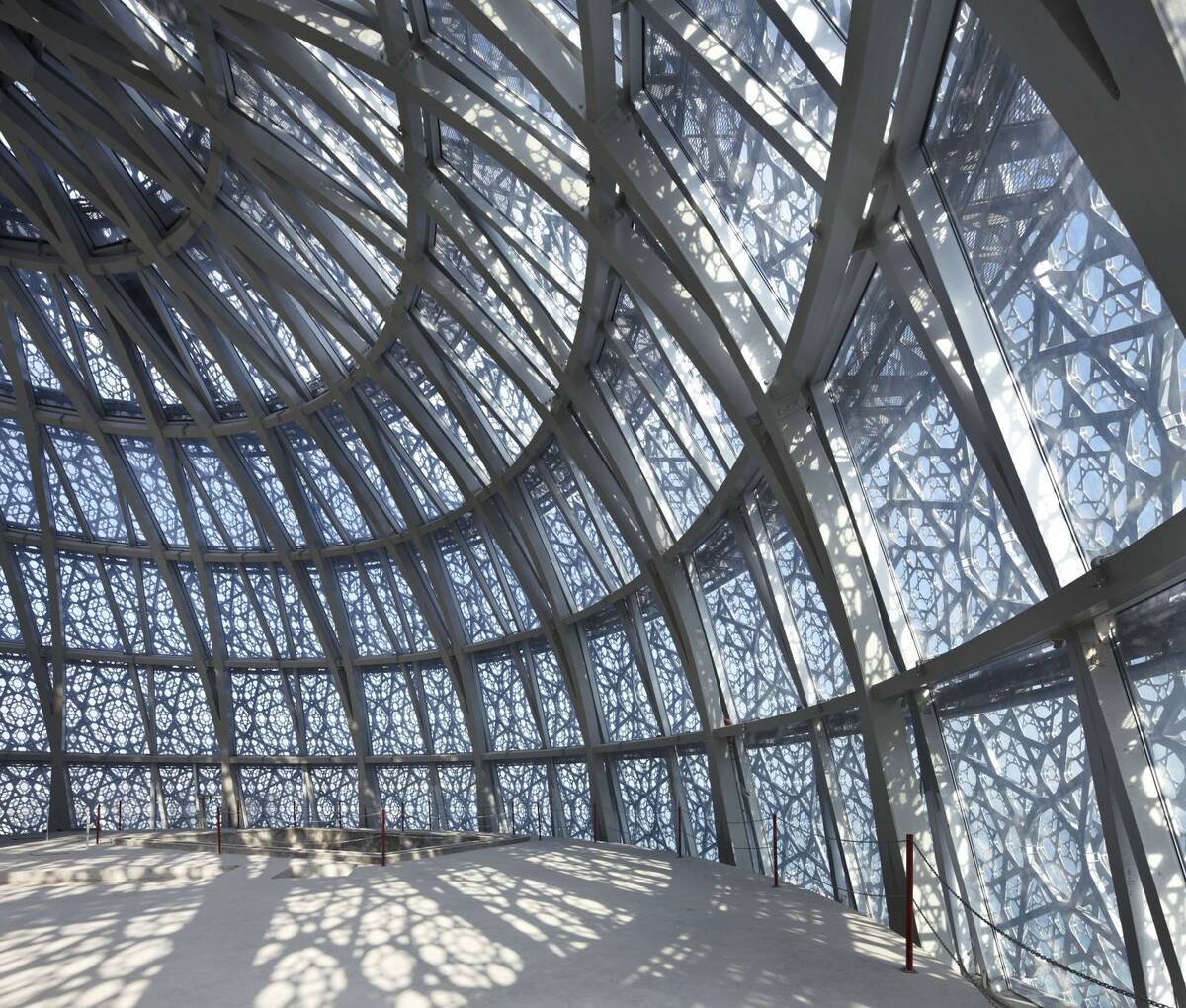
French architect Jean Nouvel was born in Fumel in 1945. He was a co-founder of Ateliers Jean Nouvel (AJN), a globally recognized architectural and design practice.
Nouvel is renowned for producing thought-provoking works. By attempting to create something special for each distinct situation, he infuses a sense of originality into every piece of art that he produces. Before creating a design, he considers the people, places, and times in a particular setting. It is believed that Nouvel’s creations change the places in which they are placed.
Nouvel won the Pritzker Prize in 2008 for his work on more than 200 projects, one of which was the Doha Office Tower in Qatar. Doha, Qatar is home to the famous Doha Tower. This contemporary office structure, costing $125 million, is 46 stories high and 232 meters tall. Nouvel also became well-known for his designs in Grove Heights, Miami, and The Artists’ Garden in Qingdao.
16. Maya Ying Lin – The Vietnam Veterans Memorial


American designer and architect Maya Ying Lin was born on October 5, 1959. She is well-known for her sculptures and historical remembrances, but she is also well-known for her concern for the environment and nature.
The Vietnam Veterans Memorial, constructed in remembrance of the US soldiers who participated in the Vietnam War, is her most well-known undertaking. This 12.000m2 work of art, which was first unveiled in 1981 and ultimately finished in 2015, presented Lin with an unexpected chance.
Lin’s winning entry in the Vietnam Veterans Memorial design competition produced this renowned design. Due to its extreme minimalism, the design has a strong emotional impact. After this design, Lin worked on the Civil Rights Memorial in Montgomery, Alabama, and The Women’s Table at Yale.
Suggested article to read: The 18 Best AI Architecture Generators of 2025
17. Tom Wright – The Burj Al Arab

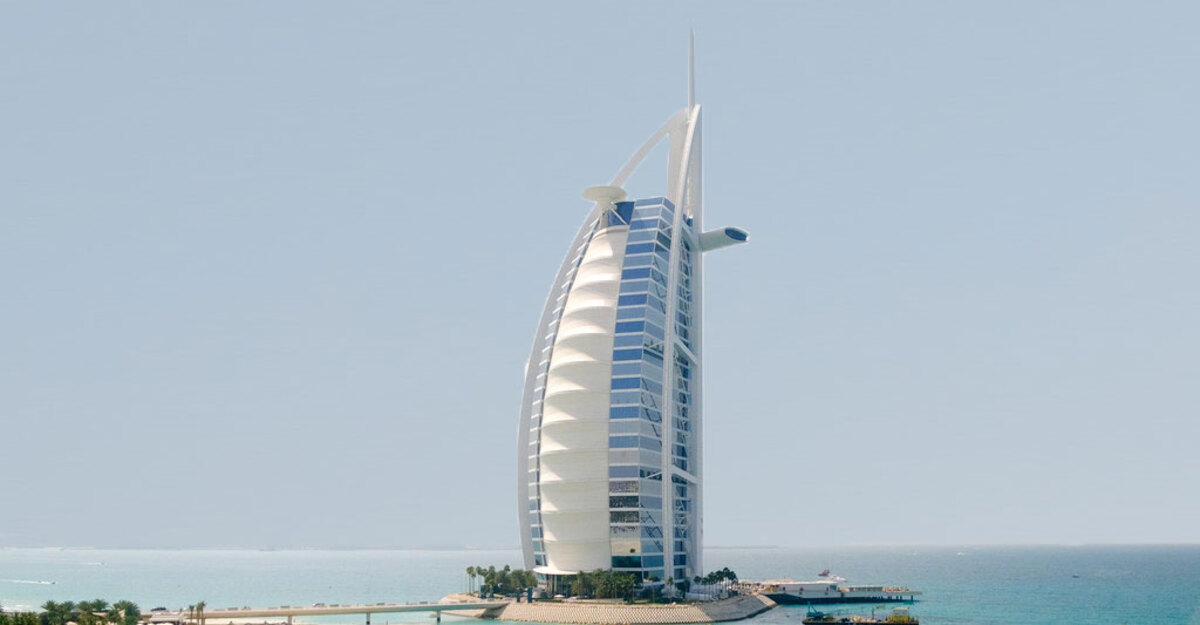
Tom Wright was born in Croydon, United Kingdom, in 1957. In 2013, he founded the architecture firm WKK alongside Hakim Khennouchi and Geku Kuruvilla. WKK is renowned for its creative and ingenious architecture, all of which are focused on being distinct and sticking out from other structures. The emphasis is on producing high-quality work that feels and looks extremely unique and exclusive.
Tom Wright rose to fame as the designer of Dubai’s Burj Al Arab. Although non-occupier space makes up 39% of the building’s overall height, this premium hotel is the fifth tallest in the world. The structure’s shape is intended to mimic a ship’s sail. Tom Wright is well known for his award-winning designs, such as the Capital Gate in Abu Dhabi and the Millennium Residence in Bangkok.
18. Balkrishna Doshi – The Aranya Housing Project
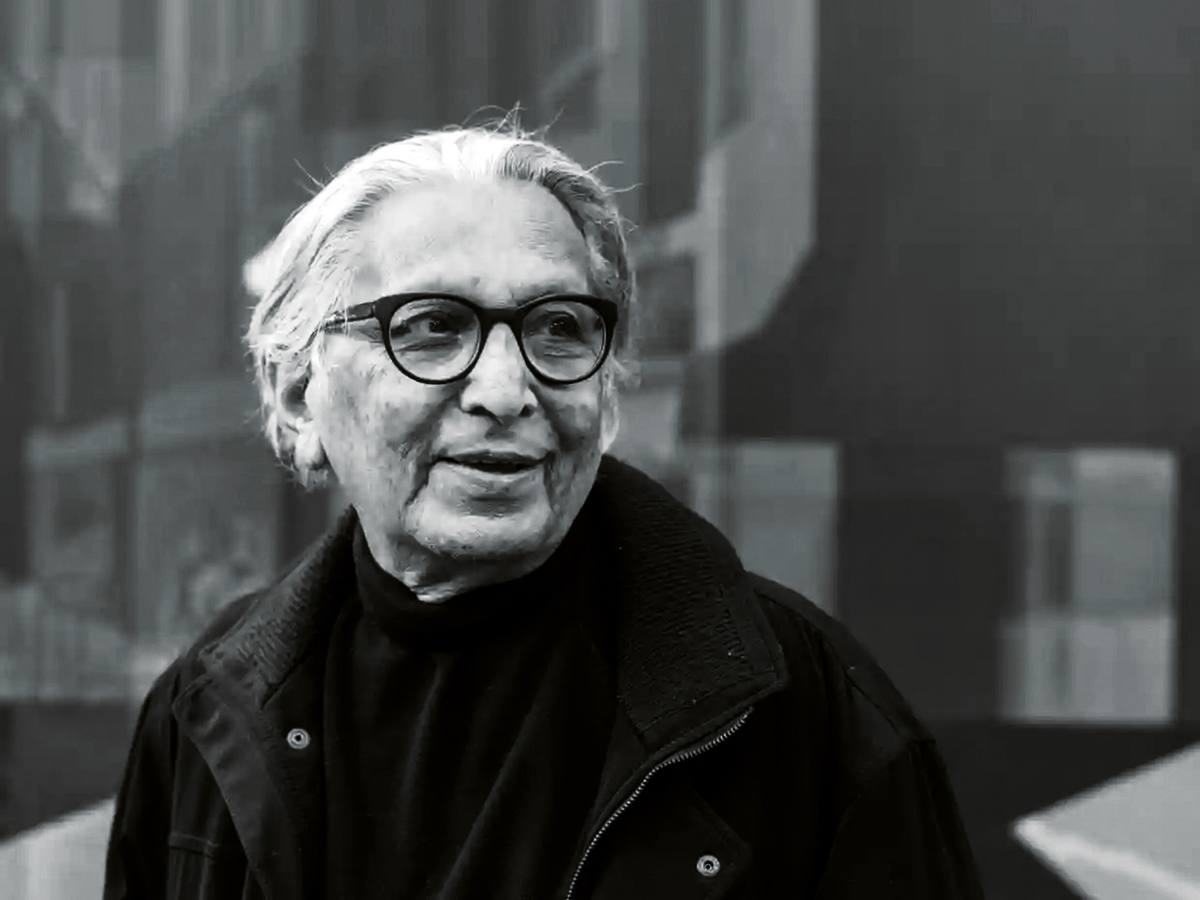
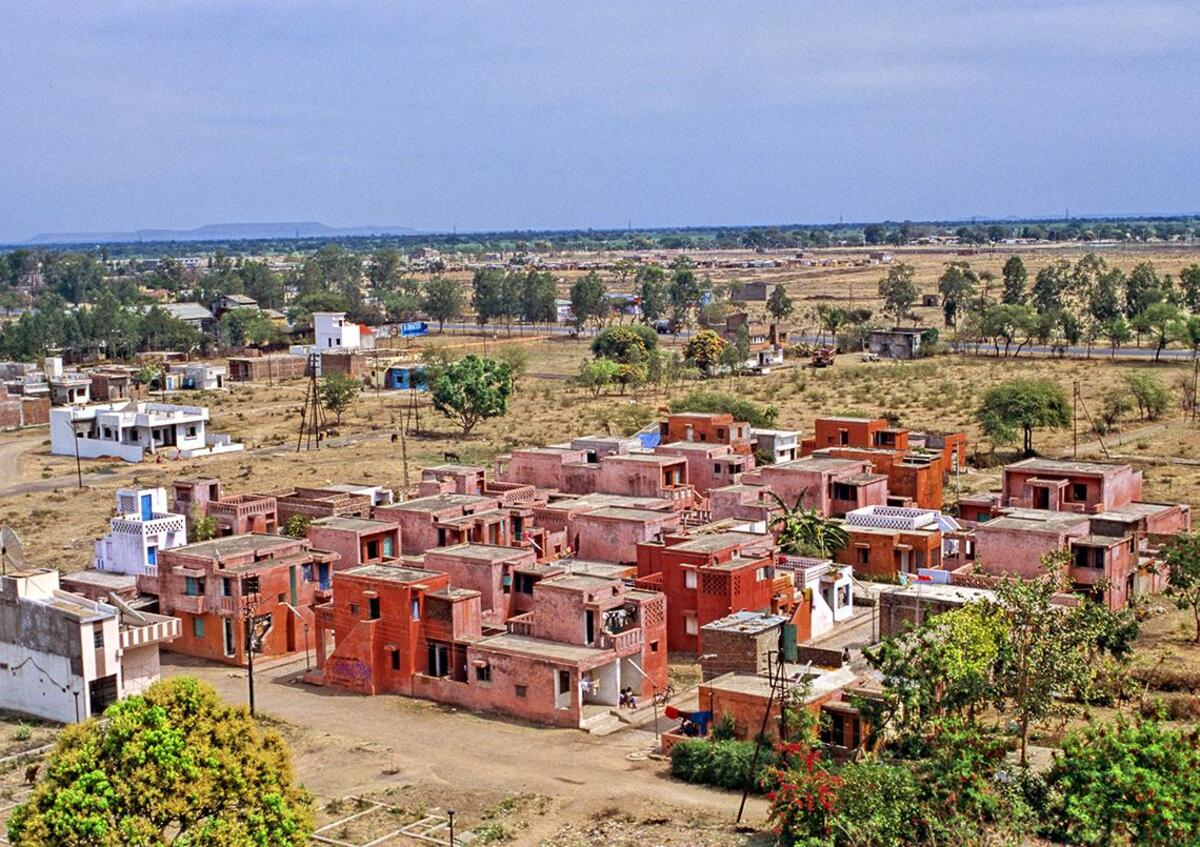
In Pune, India, Balkrishna Doshi was born in 1927. Doshi is a contemporary Indian architect who has earned the title of Millennium’s Eco-Friendly Architect. Doshi gained notoriety mostly for his inventive, low-cost home designs. He intends to restore hope to the citizens by altering their perceptions. He is regarded as a significant figure in Indian architecture, and he was the country’s first recipient of the Pritzker Architecture Prize in 2018.
The Aranya Housing Project, which is regarded as a model project for his treatment of urban poverty in the third world, is among his most well-known creations. Doshi is well renowned for his work on the Life Insurance Corporation Housing and the School of Architecture. Both are situated in India’s Ahmedabad.
Suggested article to read: The Role of Architecture in the Metaverse; Comprehensive Guide 2025
19. Odile Decq – The Fangshan Tangshan National Geopark Museum
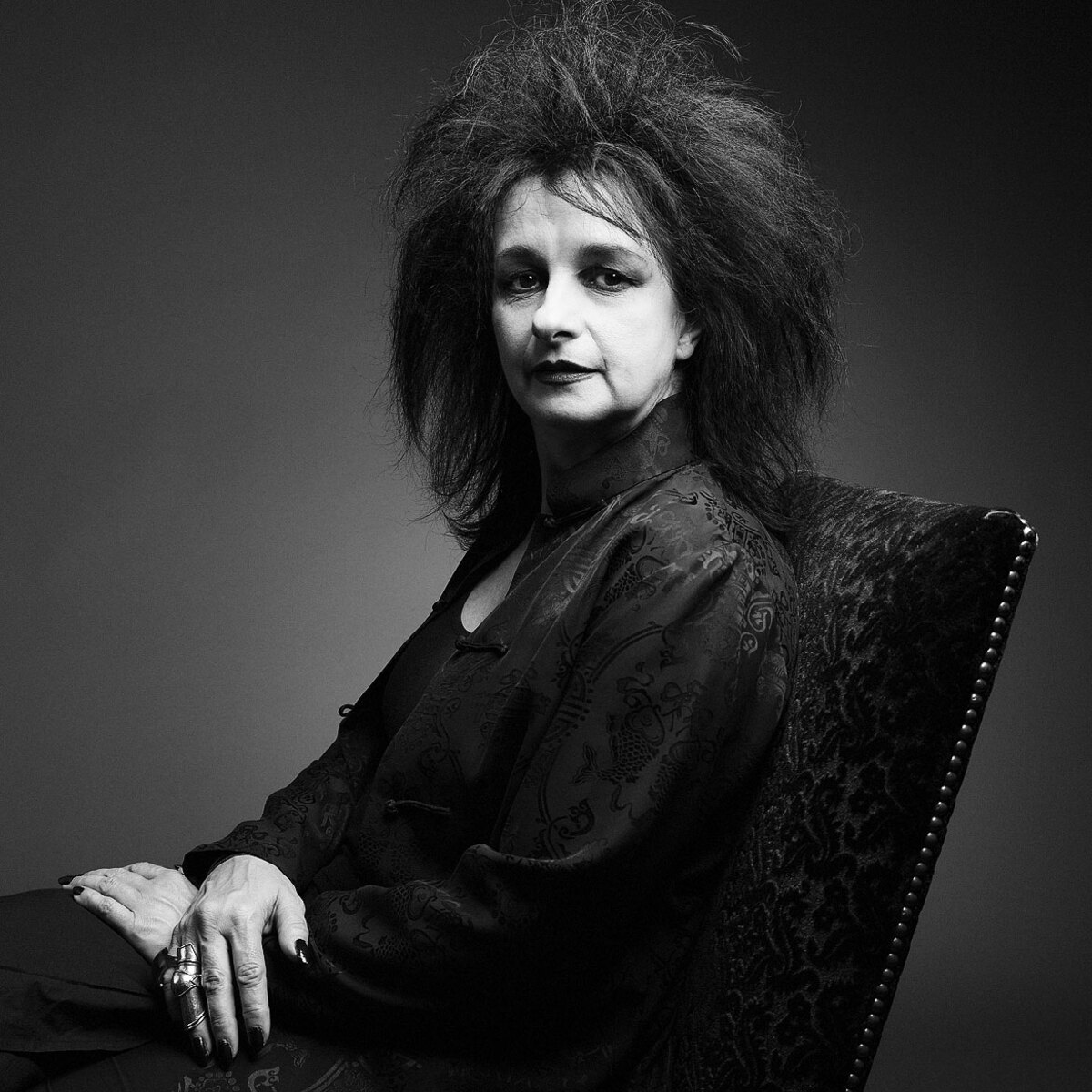

One of the best female contemporary architects of all time, Odile Decq is a French urban planner and architect known for her daring and avant-garde designs. She founded her own widely recognized and multiplely honored business, ODBC, in Paris in 1985. She has now completed a wide range of projects, including homes, museums, and cultural centers.
She sees architecture as an adventure and believes that it ought to have a humane stance and improve people’s quality of life. Her notable projects include the Museum of Contemporary Art in Rome and the FRAC Bretagne in Rennes.
Her attention to detail and sense of space is evident in her work. A prime example is the large, well-organized interior of the Fangshan Tangshan National Geopark Museum. Inspired by a 1993 archeological site, the Fangshan Tangshan National Geopark Museum was constructed in 2015. The relationship between inspiration and design is ideal given the museum’s emphasis on anthropology and geology.
20. Ben van Berkel – The Erasmus Bridge
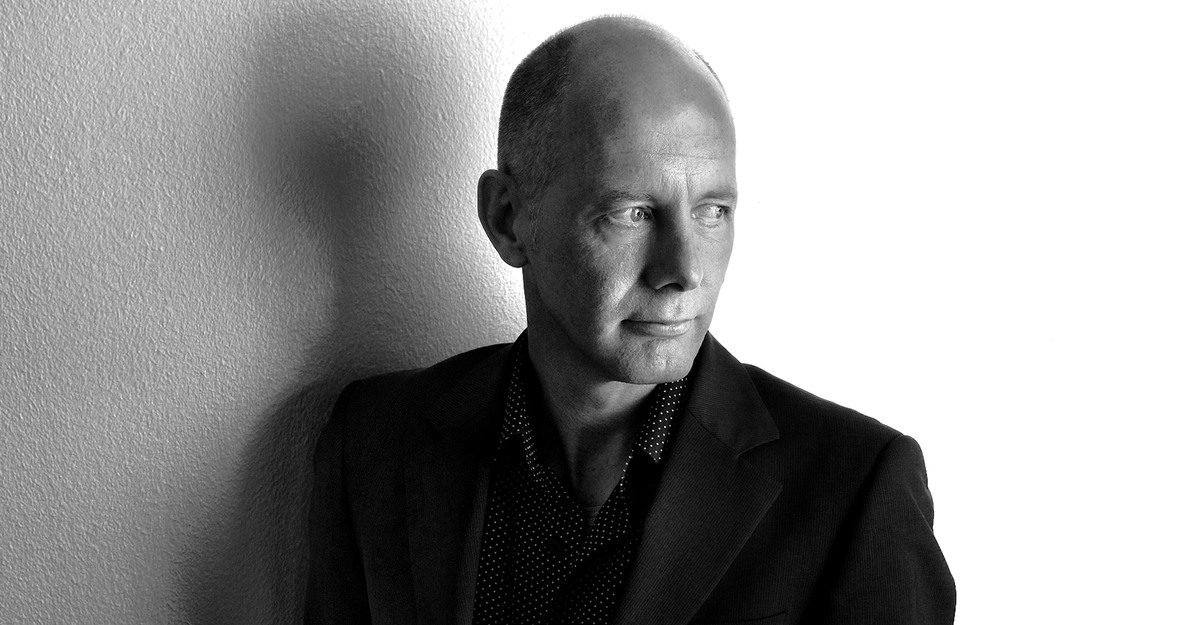
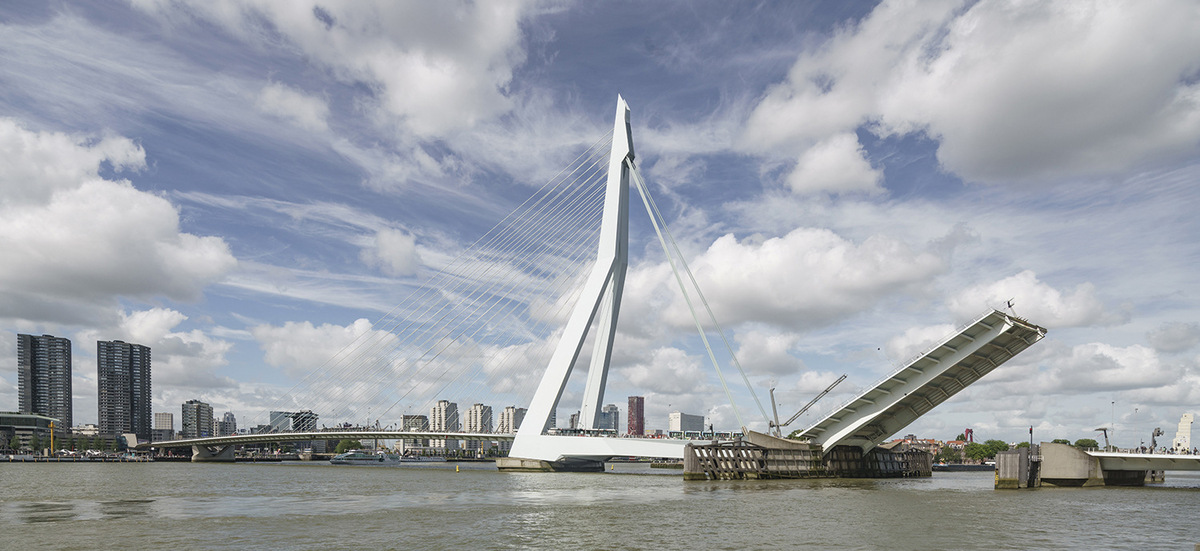
Ben van Berkel was born in the Netherlands in Utrecht in 1957. Along with his wife Caroline Bos (1959, Rotterdam, NL), he formed UNStudio in 1988. With four full-service locations in Amsterdam, Shanghai, Hong Kong, and Frankfurt, UNStudio is a global company. “Future-proofing the future” is their mission, which they accomplish through learning new things.
The user is the primary consideration in the construction process. They are built with adaptability, durability, and future-proof design in mind. The Erasmusbrug, one of Van Berkel’s most notable creations, was completed before the establishment of UNStudio, his new office.
The architect characterizes the bridge as “A bracket construction in sky-colored steel [that] can appear thin as a needle, or wide as a harp,” While the public compares it to a swan. UNStudio is known for its well-known projects, including The Ellipsicoon in the Philippines and Westfield White City in London, United Kingdom.
Suggested article to read: 11 of the Most Successful Architecture Startups of 2025
21. Eduardo Souto de Moura – Paula Rego Museum
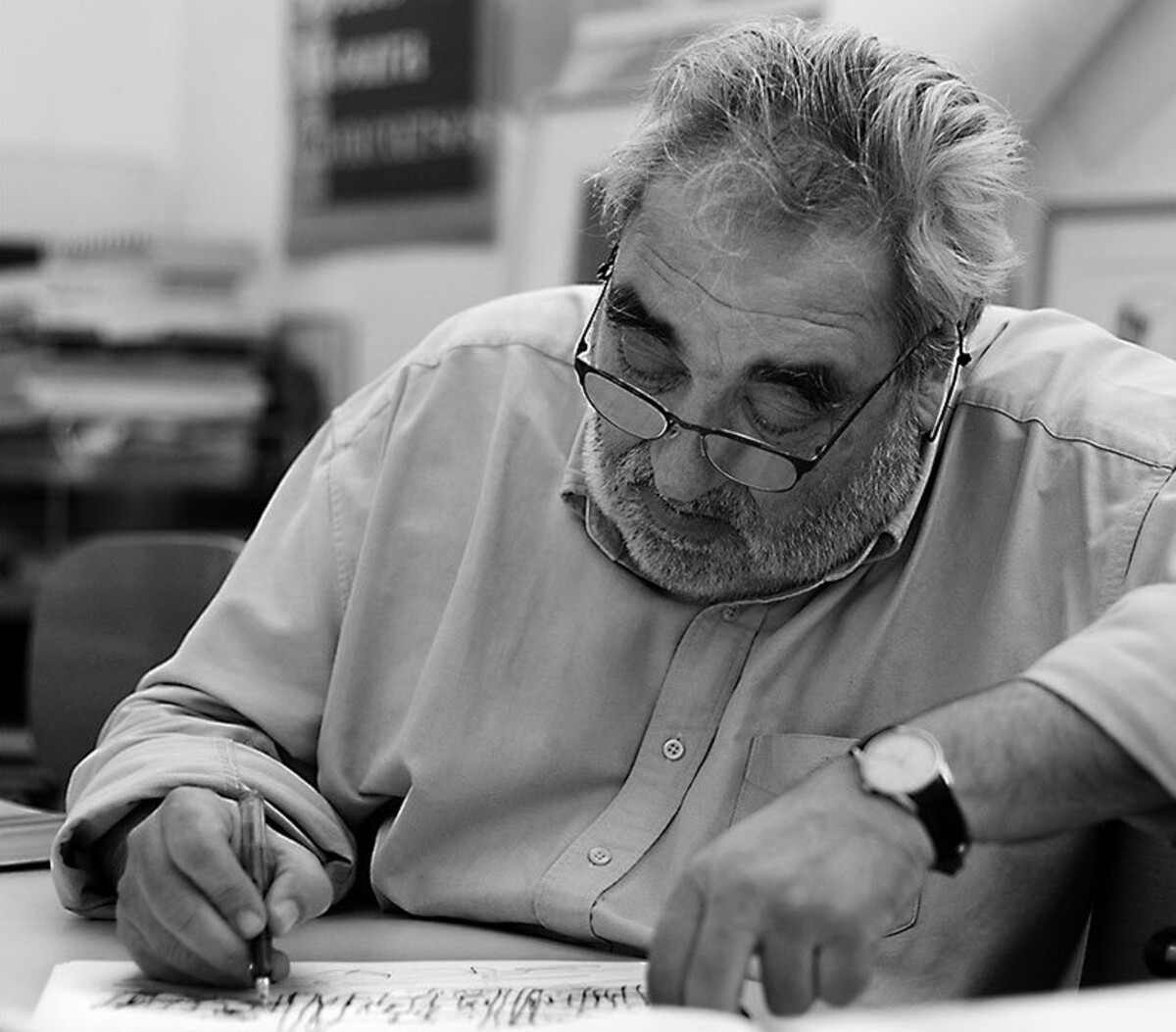
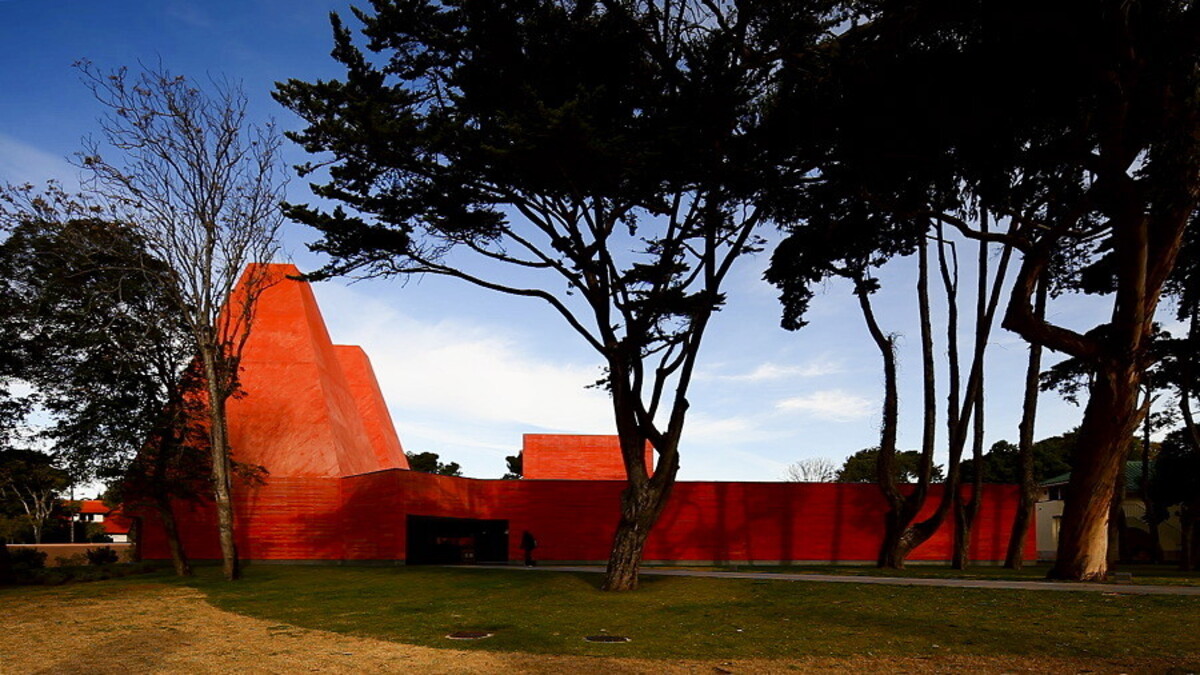
Portuguese architect Eduardo Souto de Moura was born in Porto in 1952. His most notable creations are modern buildings with a mix of modernism and conservatism. Though he acknowledges that he had some Miesian influence, he maintains his originality in response to the notion that he is a neo-Miesian architect.
In his works, Souto de Moura constantly seeks this originality and distinctiveness. Furthermore, he considers it normal to be aware of global difficulties like environmental issues. He is onec of the contemporary architects renowned for his skillful use of materials and his frequently remarkable use of color. He was the 2011 Pritzker Architecture Prize winner. This award is granted to architects who have made a major positive impact on society and humanity.
One of his amazing architectural creations is Lisbon’s Paula Rego Museum. The design was created keeping in mind Paula Rego’s preferences. The building should be “Fun, lively, and also a bit mischievous,” according to her. Other notable examples of Souto de Moura architecture are the Portuguese buildings Casa do Cinema and Estádio Municipal de Braga.
22. Moshe Safdie – Habitat 67
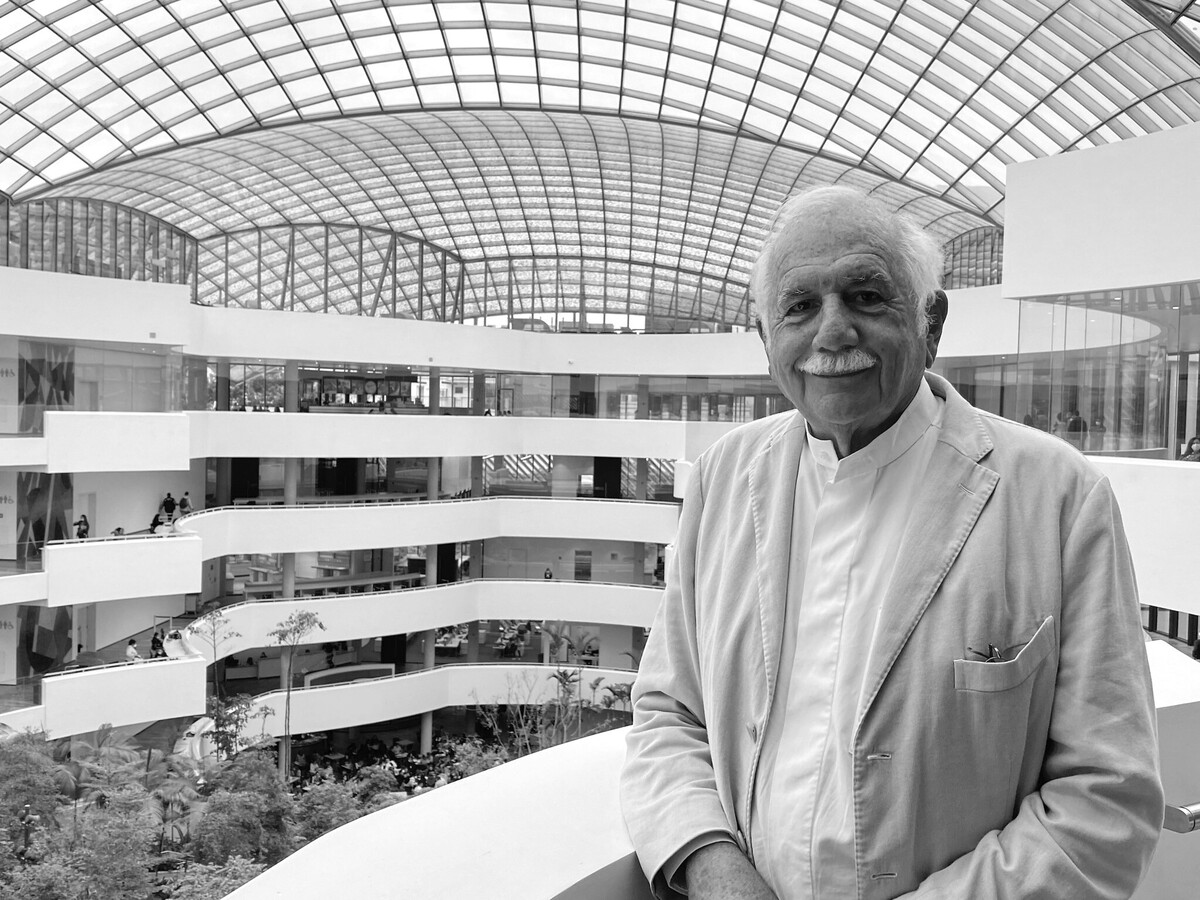
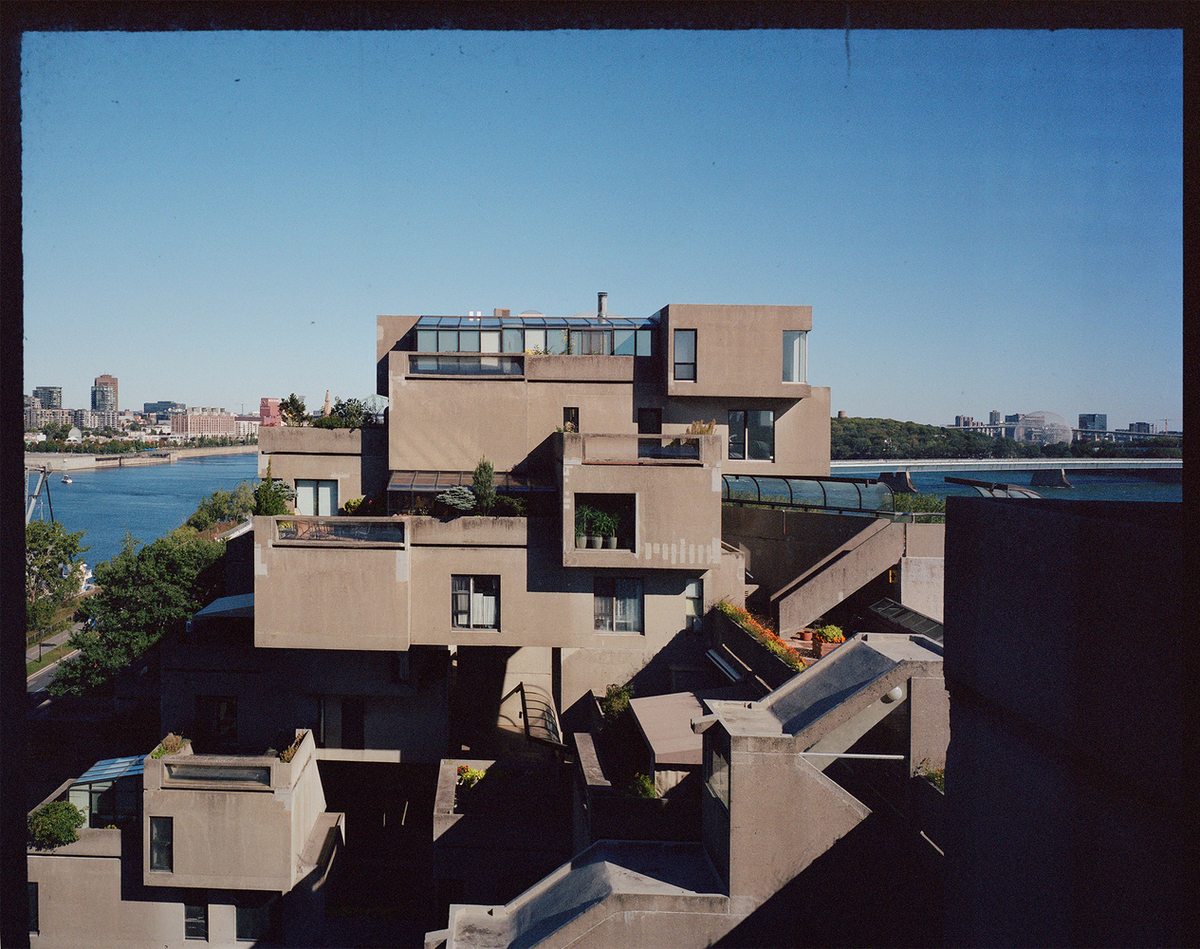
In 1938, Moshe Safdie was born. He is an author, lecturer, theorist, contemporary Israeli-Canadian architect, and urban designer. Safdie established Safdie Architects in 1964; the firm now has locations in the USA, China, Singapore, and Israel. The two guiding concepts of Safdie Architects are innovation and idealism. Their structures find creative solutions to problems. In addition, their structures are renowned for having a lot of natural light and vegetation. Safdie is well-known for his building that uses curved and bent lines to produce previously undefined geometry.
The project Habitat 67, which opened the door for his global career, is most closely associated with him. One of Canada’s most iconic and stunning structures, Habitat is a model community and housing development located in Montreal. Other pieces that are characteristic of Safdie’s style include the Kauffman Center for the Performing Arts in Kansas and the Jewel Changi Airport in Singapore.
Suggested article to read: 101 World’s Best Modern Architecture Buildings
23. David Chipperfield – The Hepworth Wakefield
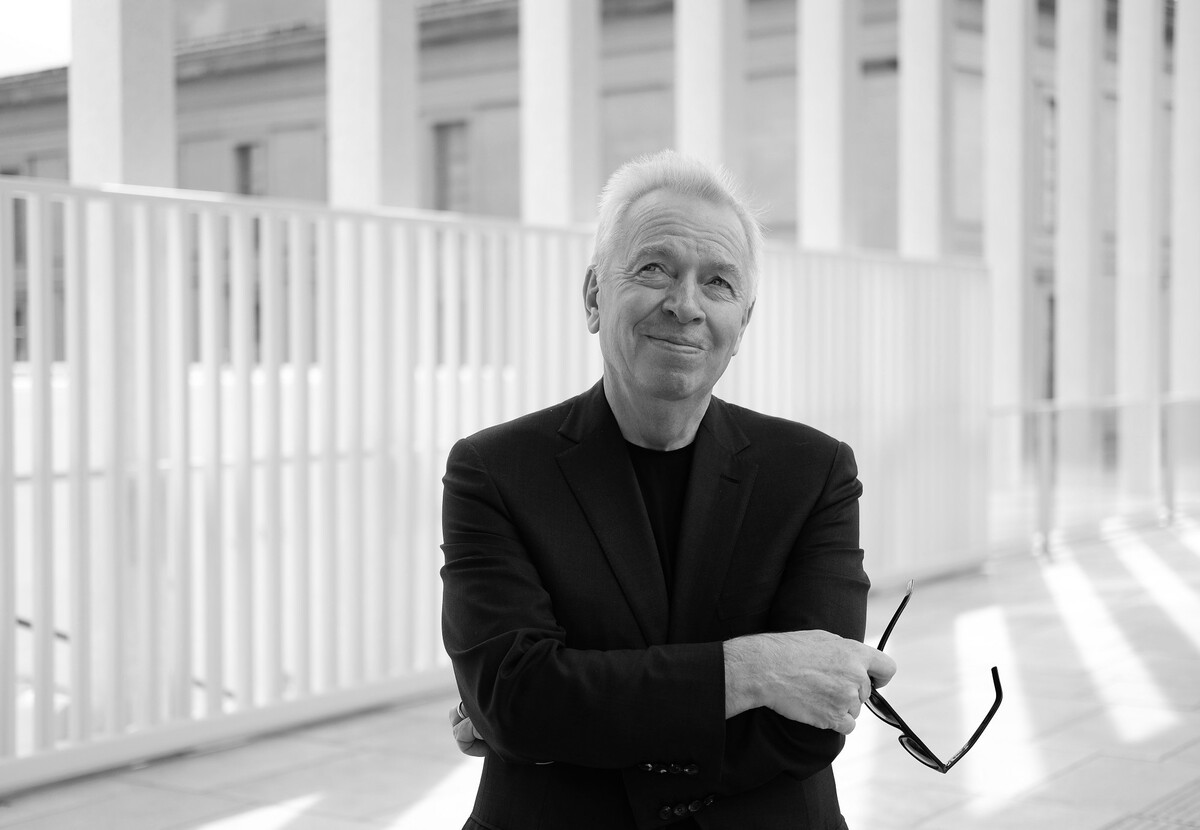
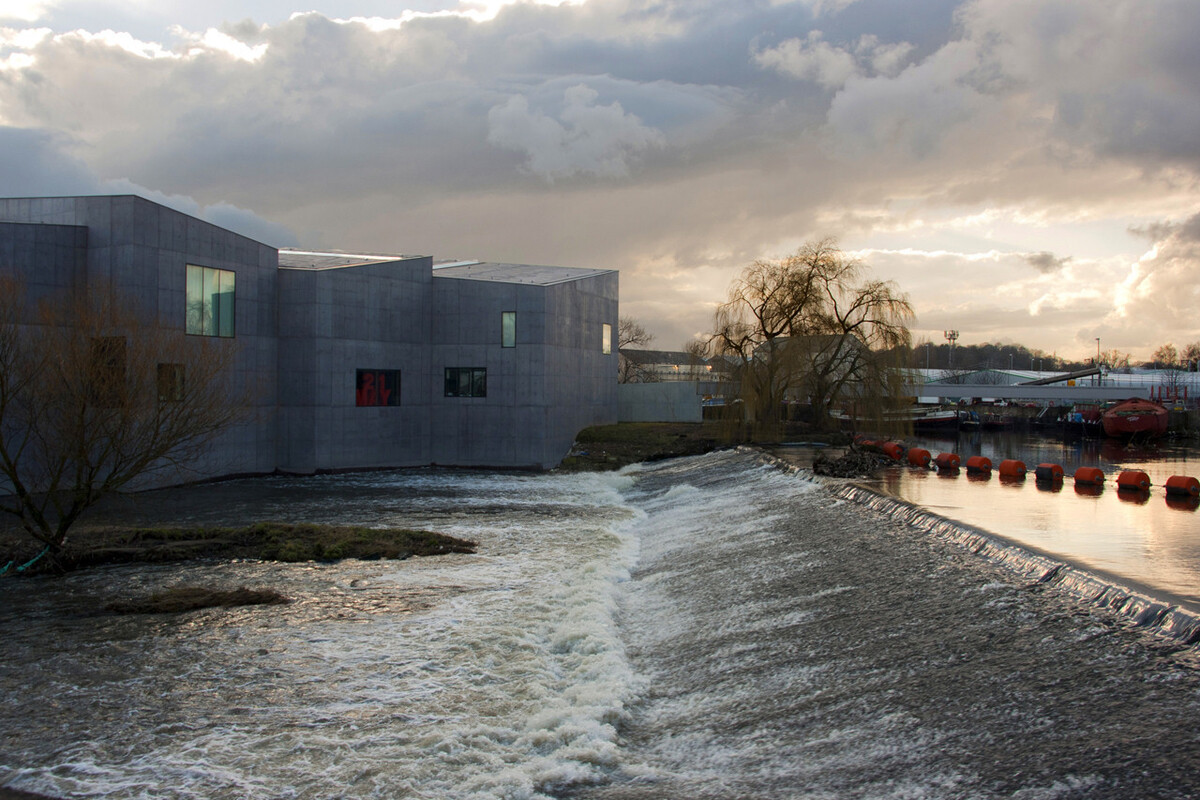
In London, United Kingdom, in 1953, David Chipperfield was born. His contemporary architectural style is well known. He established David Chipperfield Architects in 1985; the firm now includes offices in Shanghai, Berlin, London, and Milan. Chipperfield gained notoriety mostly for his intense attention to detail, which allowed him to refine projects to the point where construction was coherent in terms of the building’s architectural, social, and intellectual elements.
David Chipperfield Architects has a wide range of structures and areas for the public and private sectors, each serving a distinct function. In addition, they have created several urban master plans and municipal designs. The company’s numerous foreign honors and citations over the years are noteworthy.
The Hepworth Wakefield in West Yorkshire is one of Chipperfield’s structures that best exemplifies his architectural style. He gave special consideration to the area’s history, the waterfront perspective, and the gallery’s abundance of natural light in its design. His other creations include the Museum of Modern Literature in Marbach am Neckar and the Amorepacific Headquarters in Seoul.
Conclusion
The term “Contemporary architecture style” refers to the broad and dynamic architecture of that specific moment in time. It is distinguished by a wide variety of designs, materials, and methods, and it frequently uses cutting-edge technologies and design ideas. Modernist ideas, which emphasize utility and simplicity, are the foundation of contemporary architecture.
Contemporary architects are no longer limited to linear forms as they now have at their disposal an arsenal of innovative materials and building methods. This includes the capacity to create computer-generated curves or use 3D printing and laser cutting technology to create more difficult, exact, and unique forms.
A new generation of buildings that seem to defy gravity, logic, and often the bounds of traditional good taste is emerging all over the world, making possible what long thought unachievably futuristic and merely conceptual.
As we look to the future of contemporary architecture, it is clear that the field will continue to evolve and push the boundaries of design possibilities. Contemporary architects are well-suited to design structures that set an exemplary example because they possess creativity, knowledge, and a dedication to perfection. Computational design tools can be quite helpful in enabling this.
Suggested article for reading:
Top 23 Famous Women Architects in World; 2025 Review
Resilient Construction; 2025 Guide
What is Construction Digitization? 2025 Guide
Resources:
Novatr | TheSpruce | E-architect | MansionGlobal | Archdaily | Archpaper | DesignWanted | Archisoup
For all the pictures: Archdaily | The Talks | Rocket FM | Optima, Inc. | Shilpa Architects | CNN | Archinect | E-flux | Parametric Architecture | CLADglobal | LinkedIn | Architectuul | Studio Gang | Chicago Magazine | Jae Bin Lee | Pei Cobb Freed | Madame Architect | Wikipedia | Ateliers Jean Nouvel | Academy of Achievement | Advenser | Options, The Edge | Divisare | Nancy Coste | UNStudio | VillaseGolfe | The Times of Israel | Bloomberg





